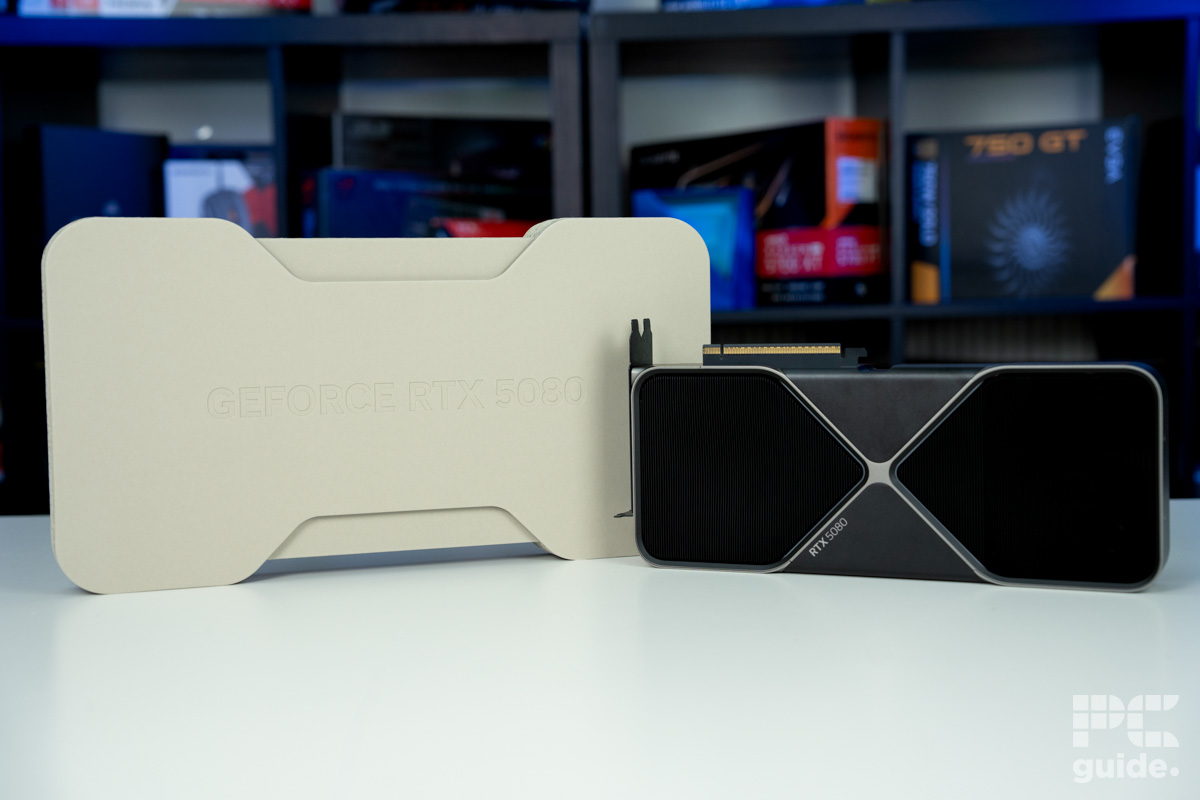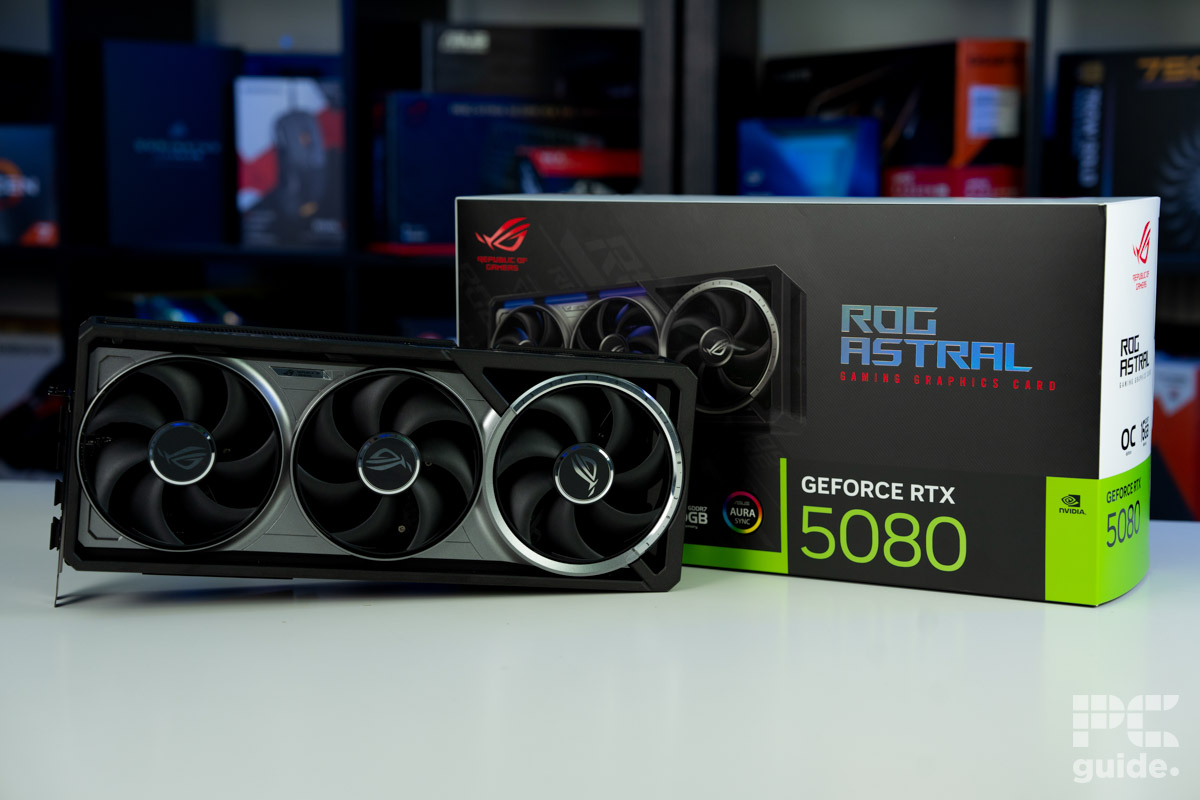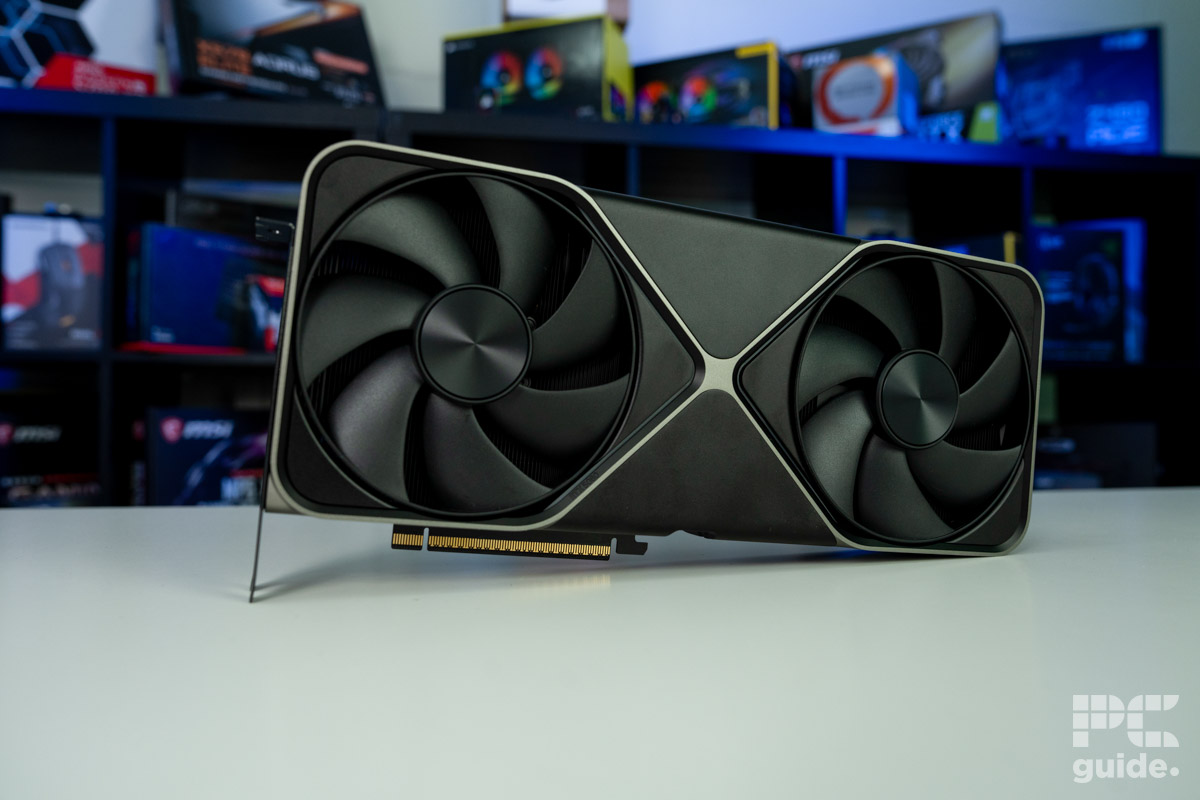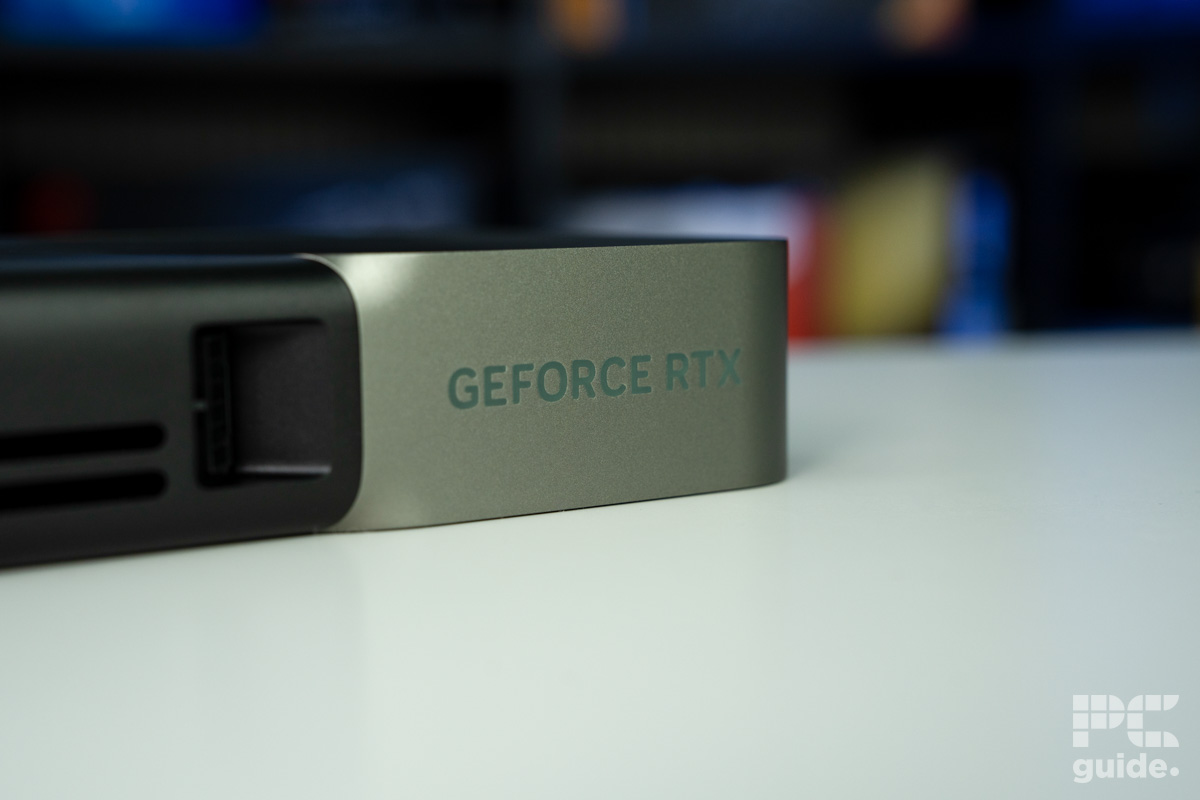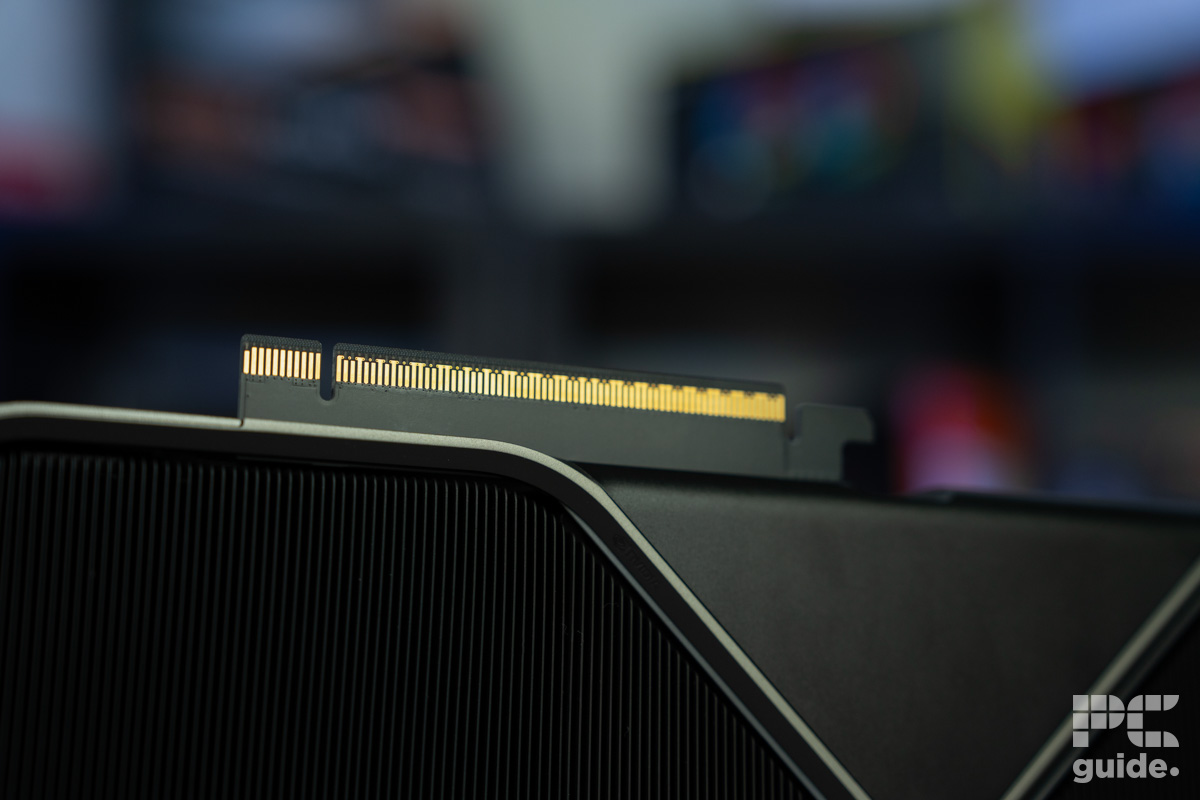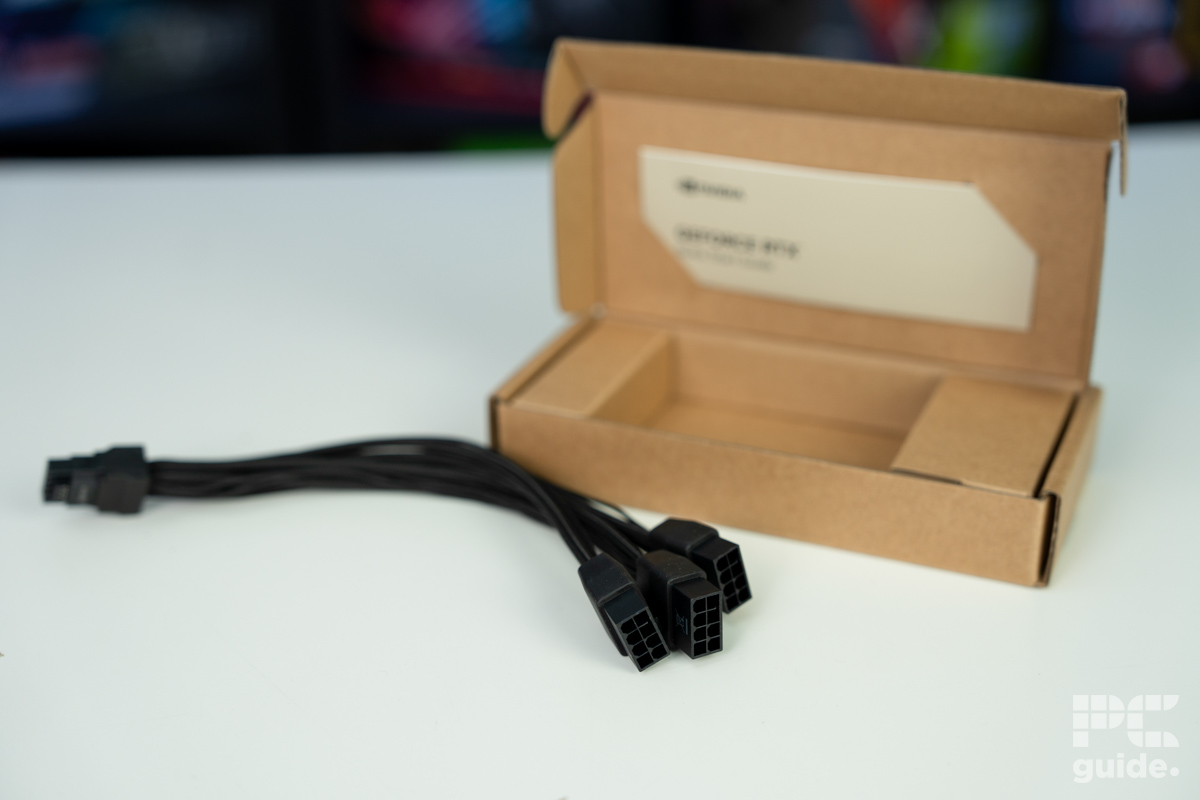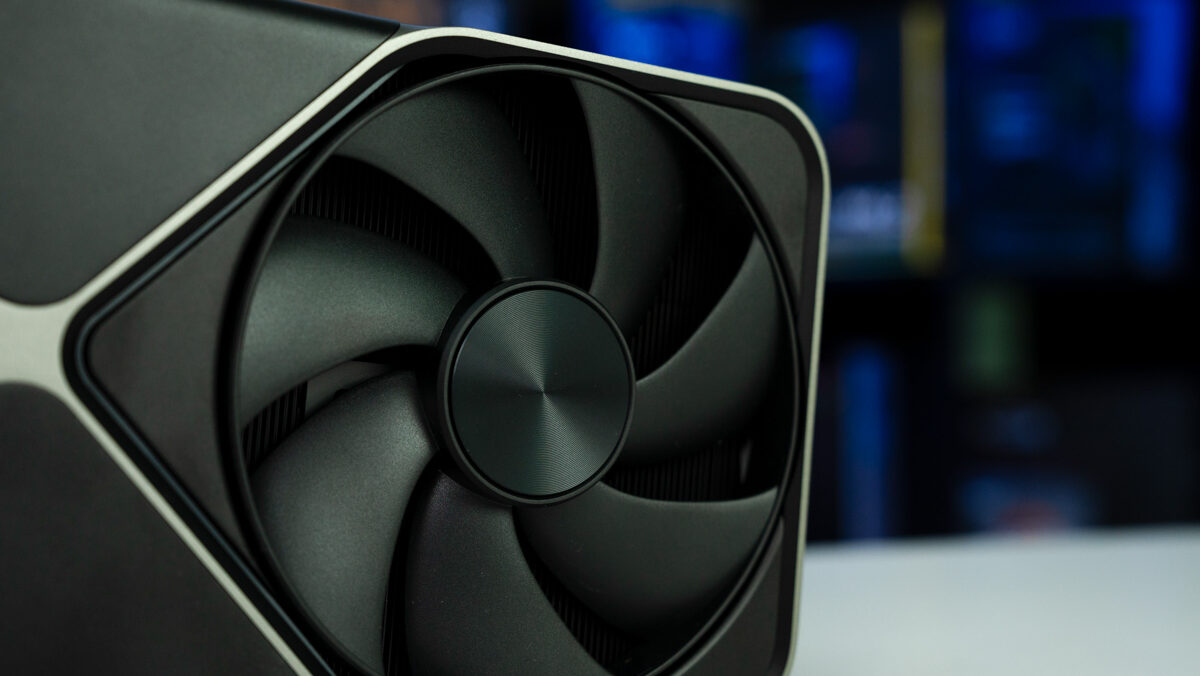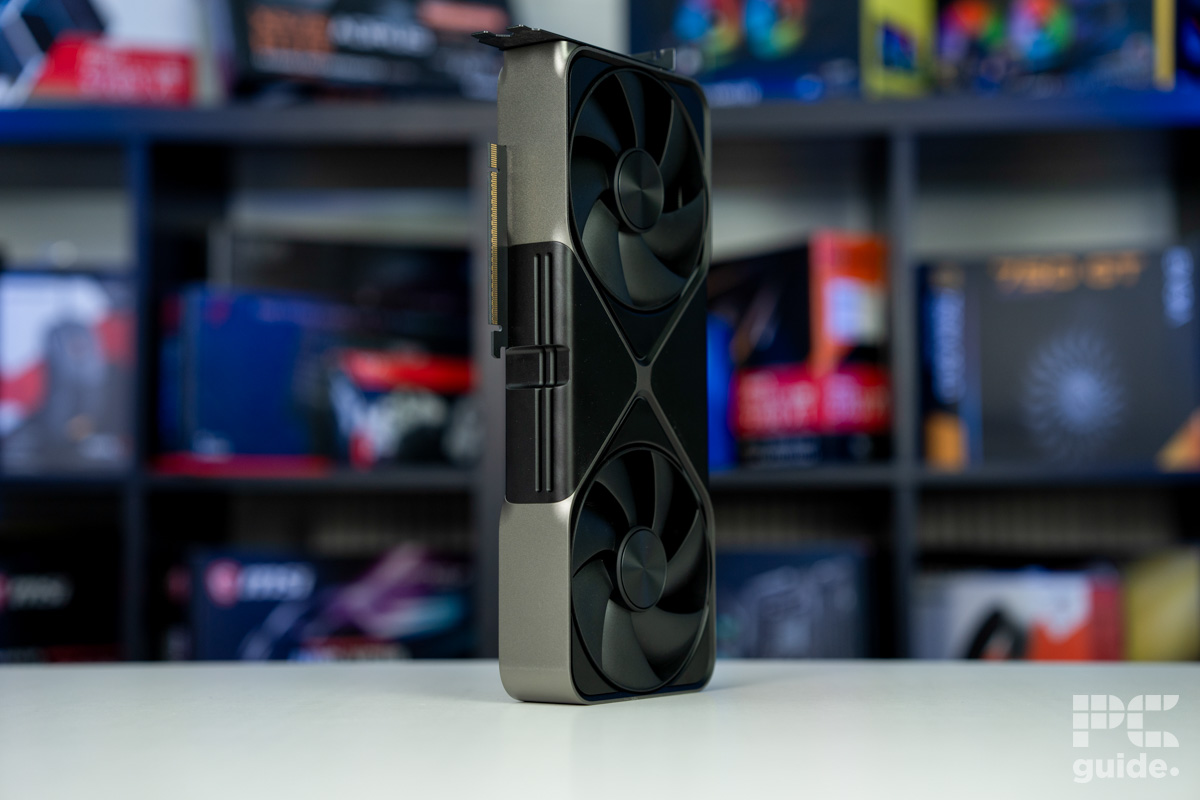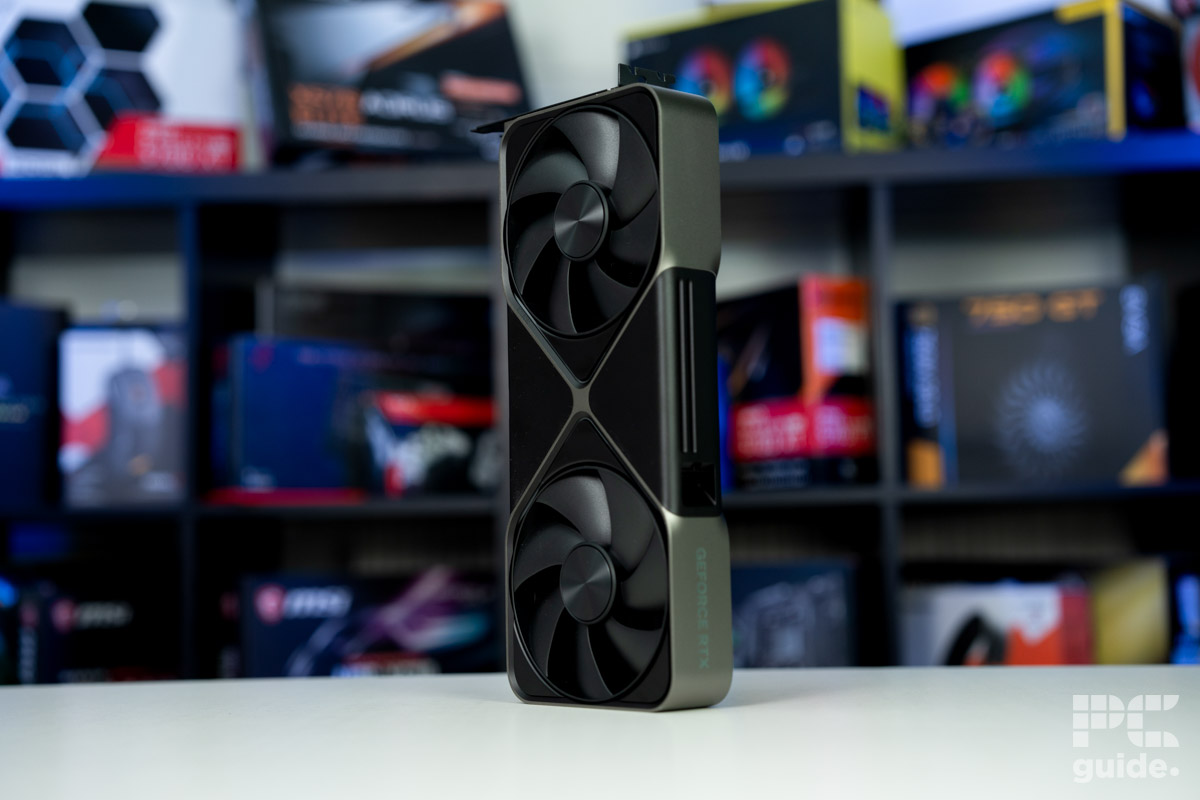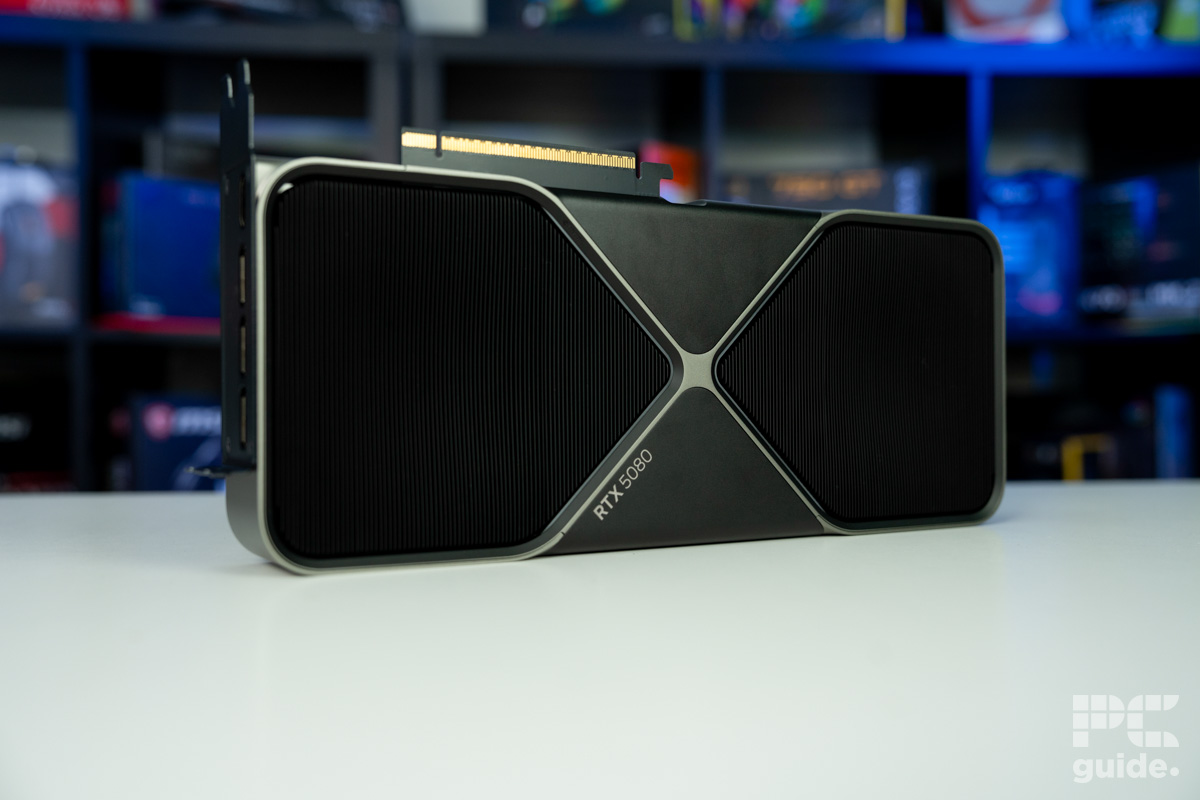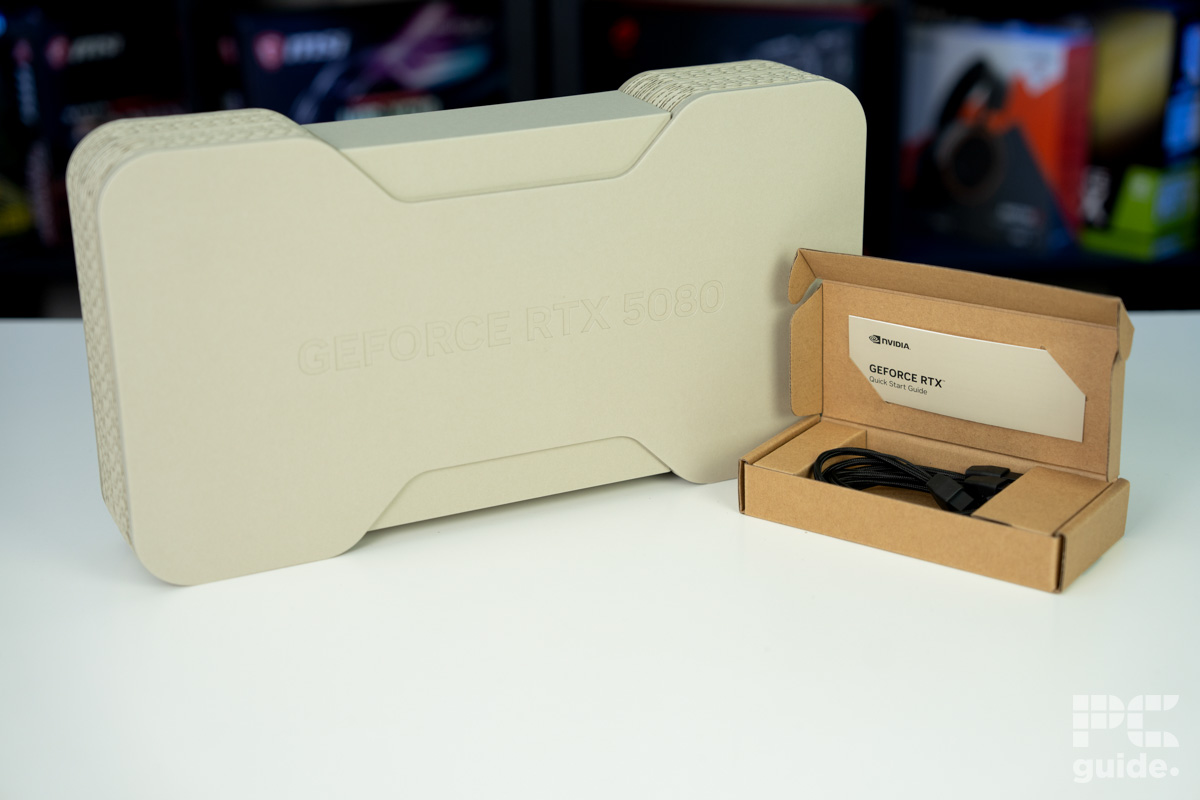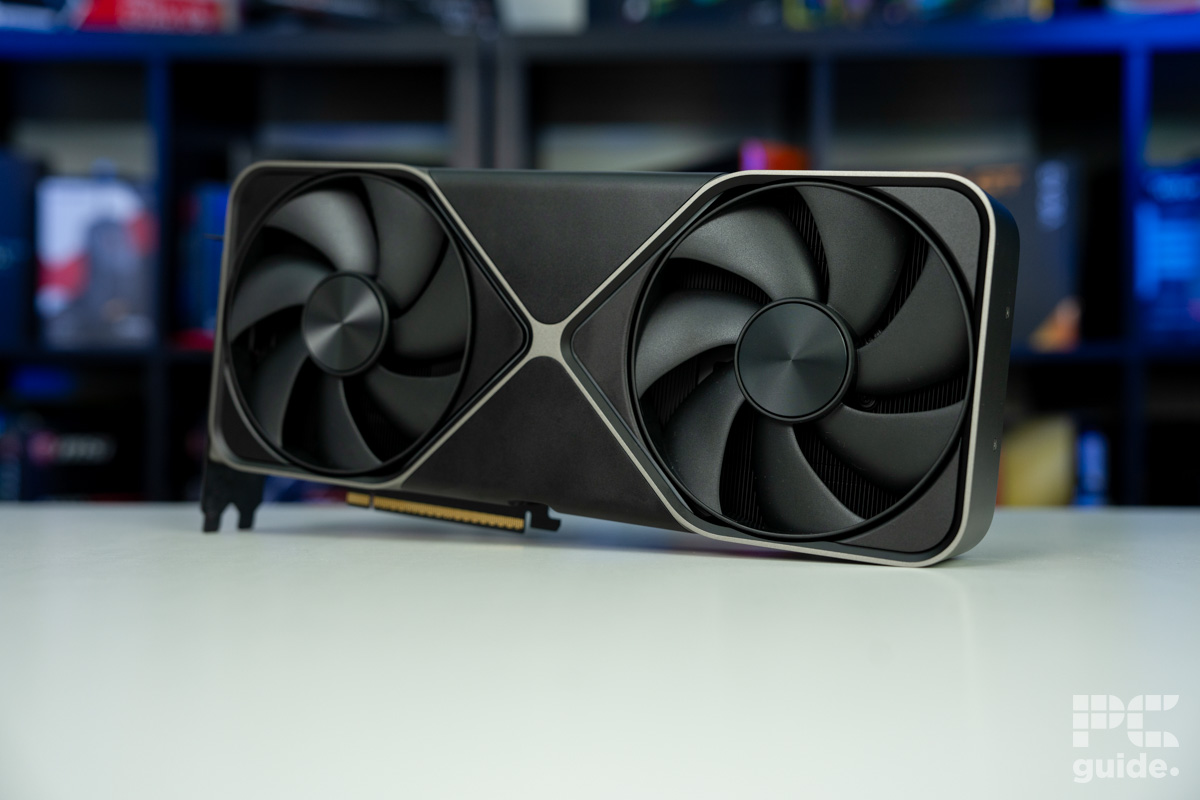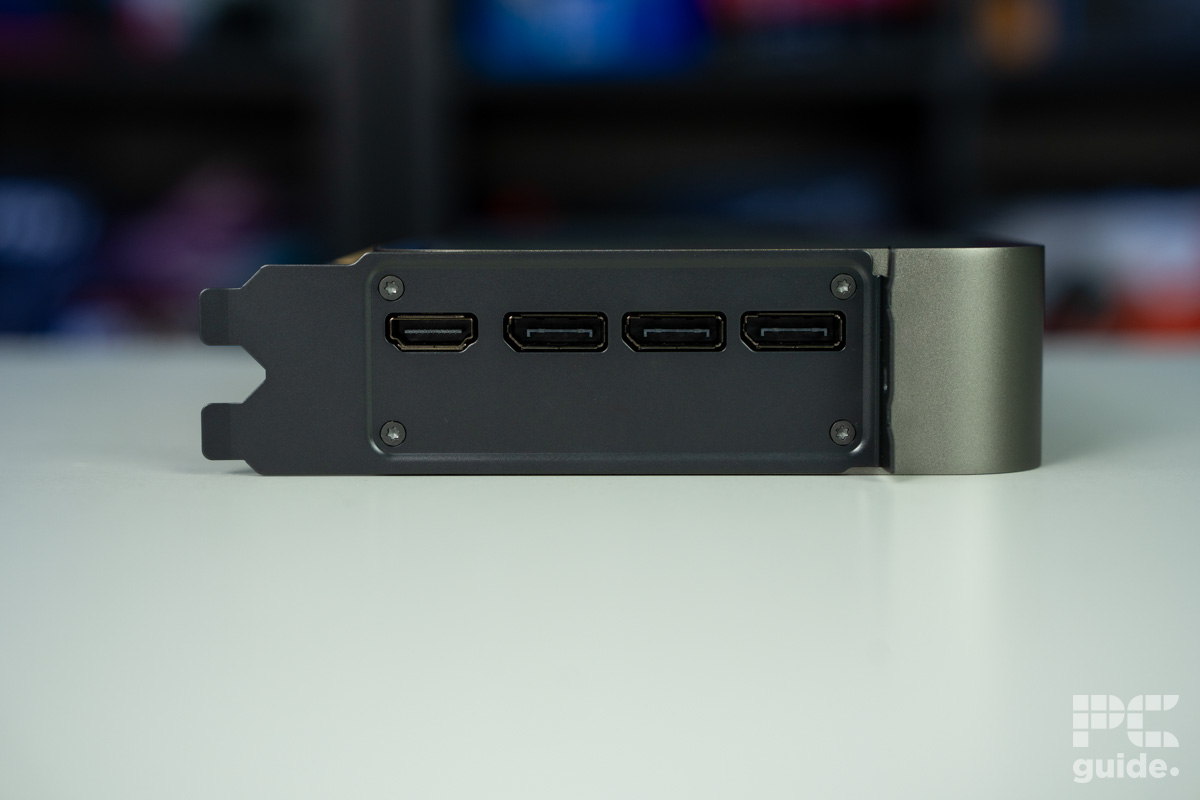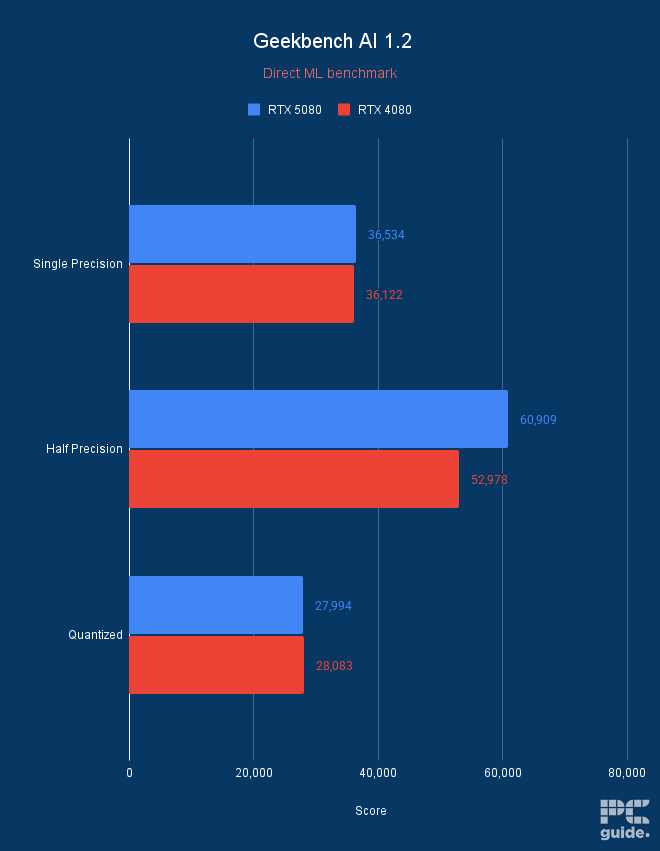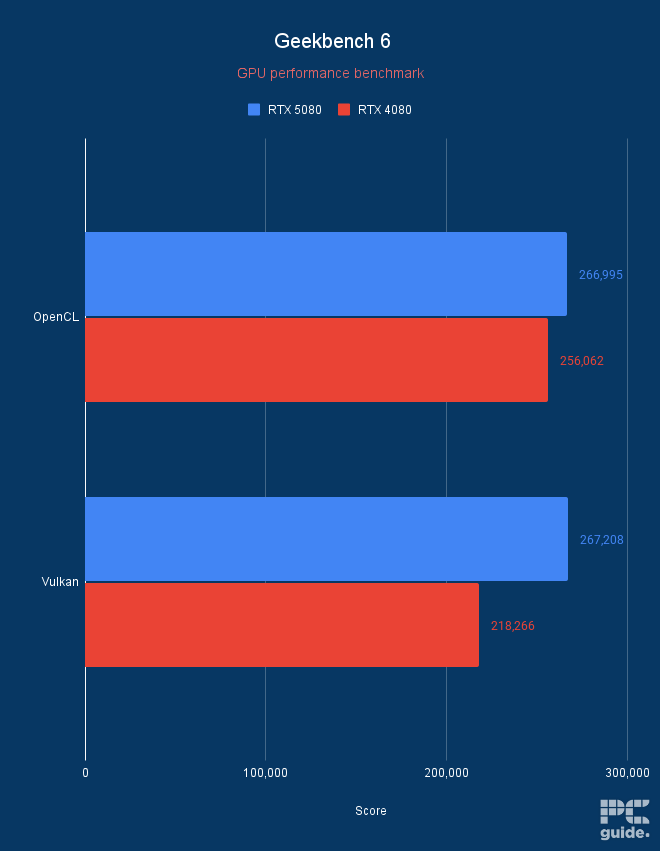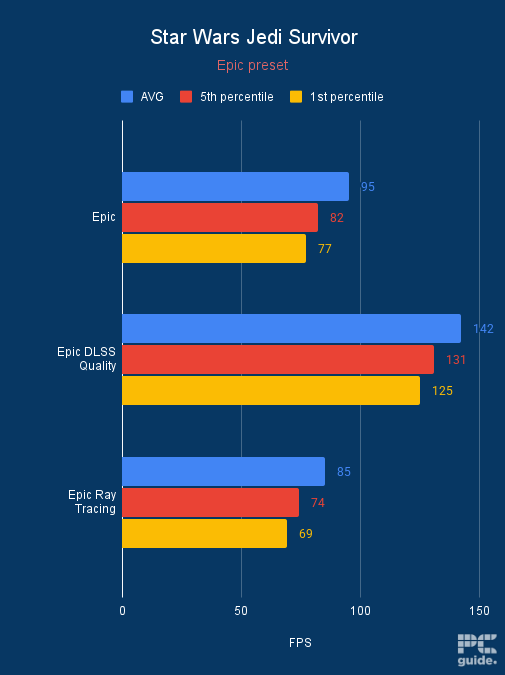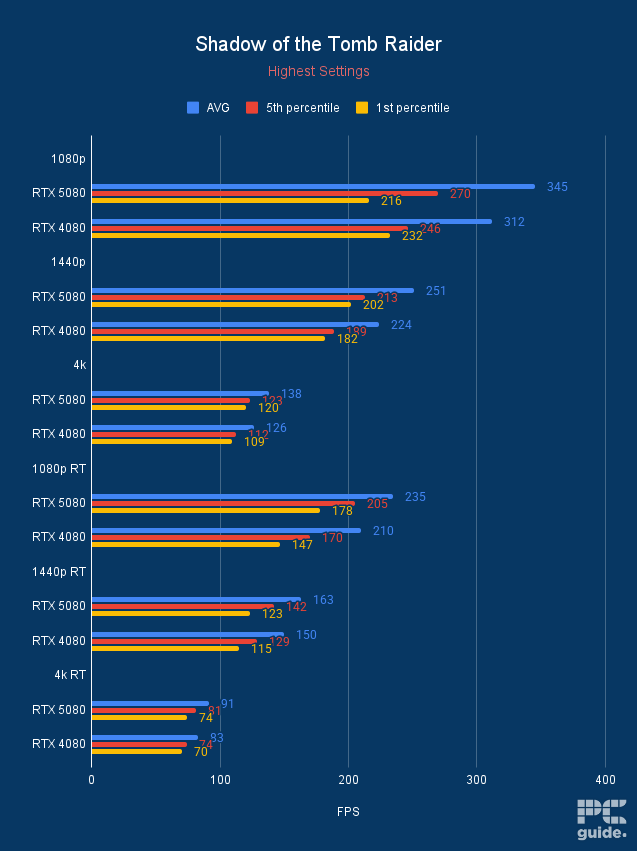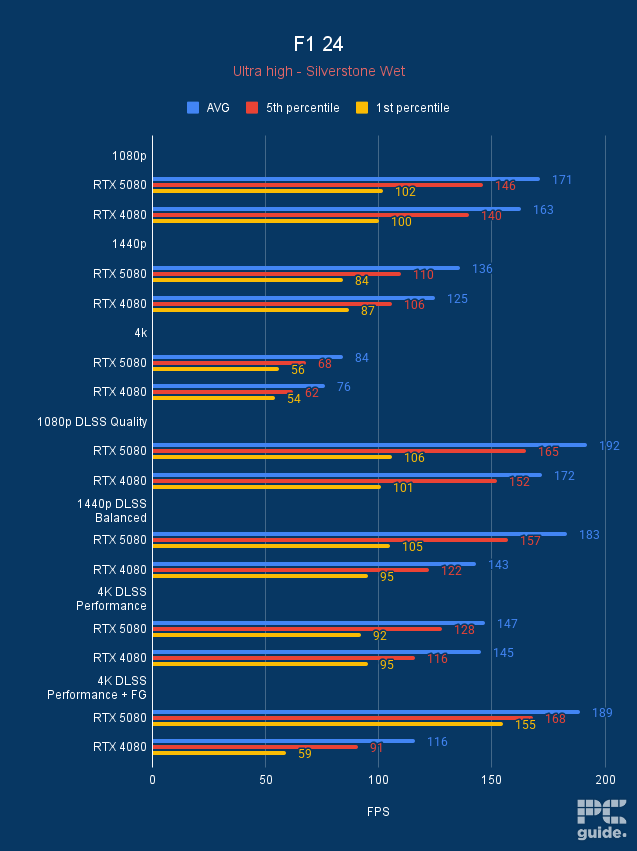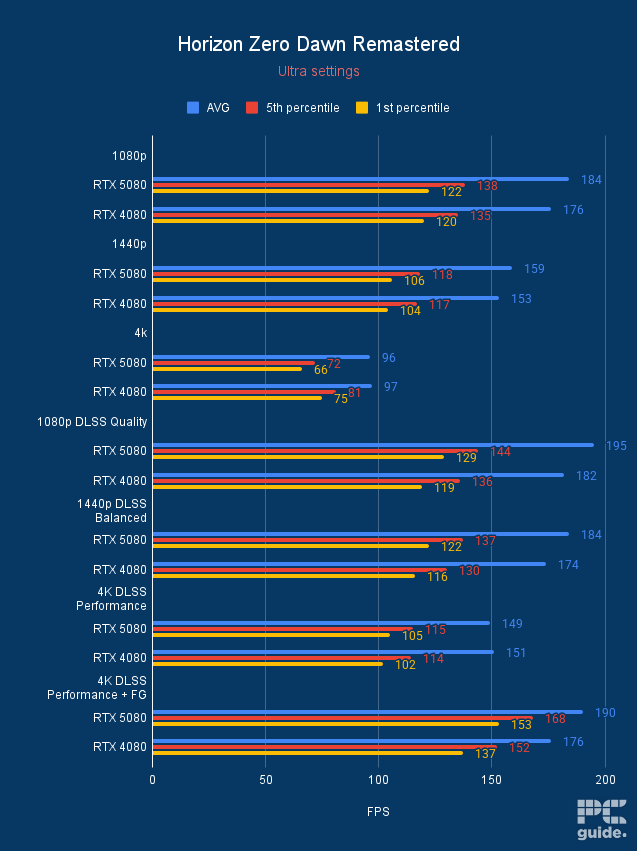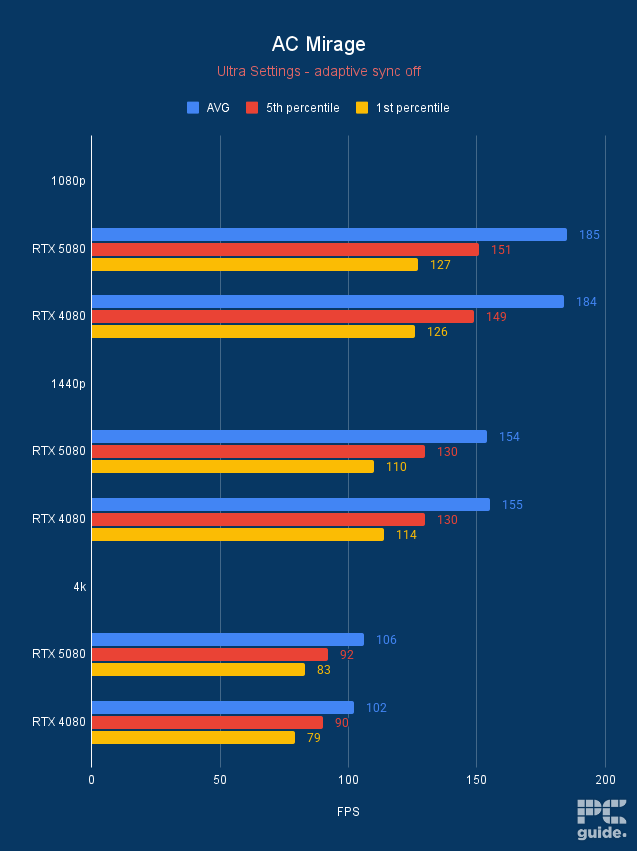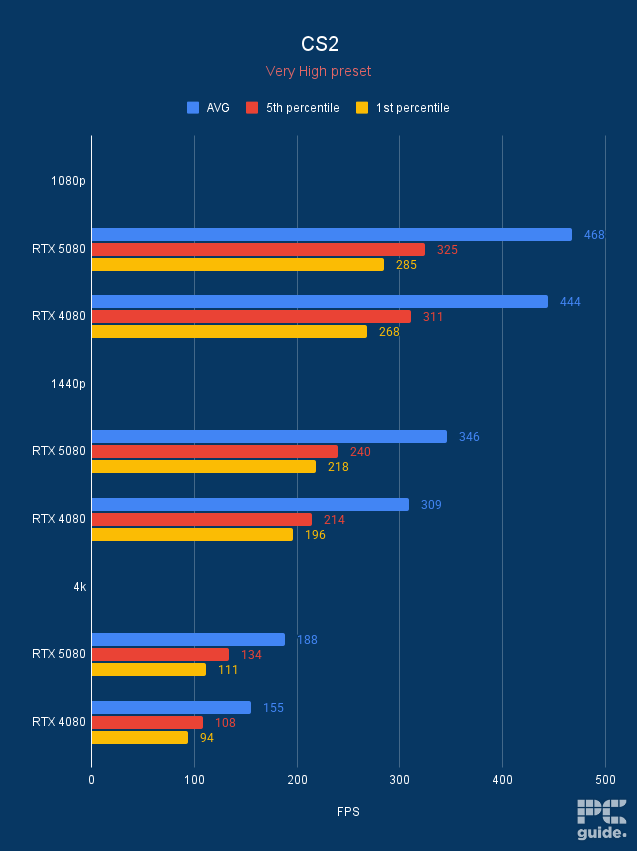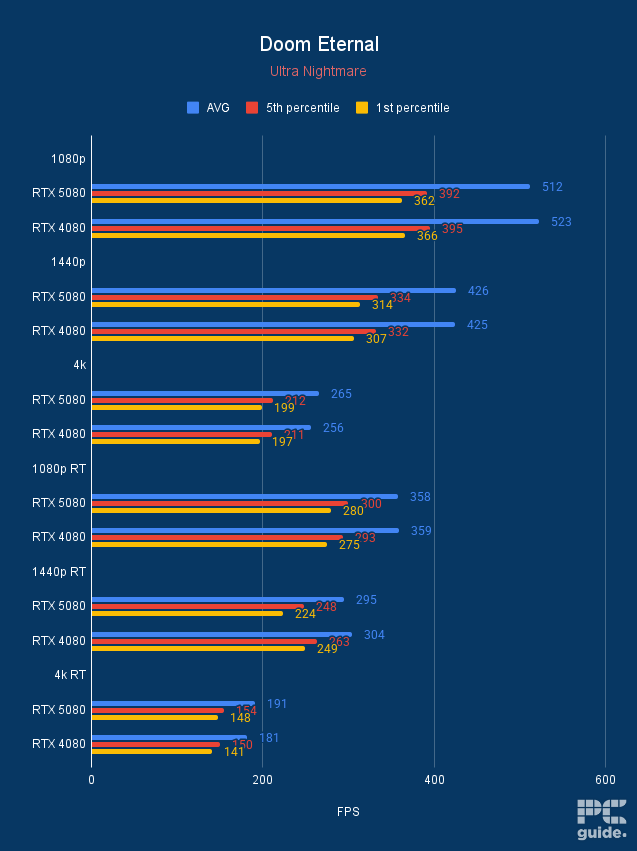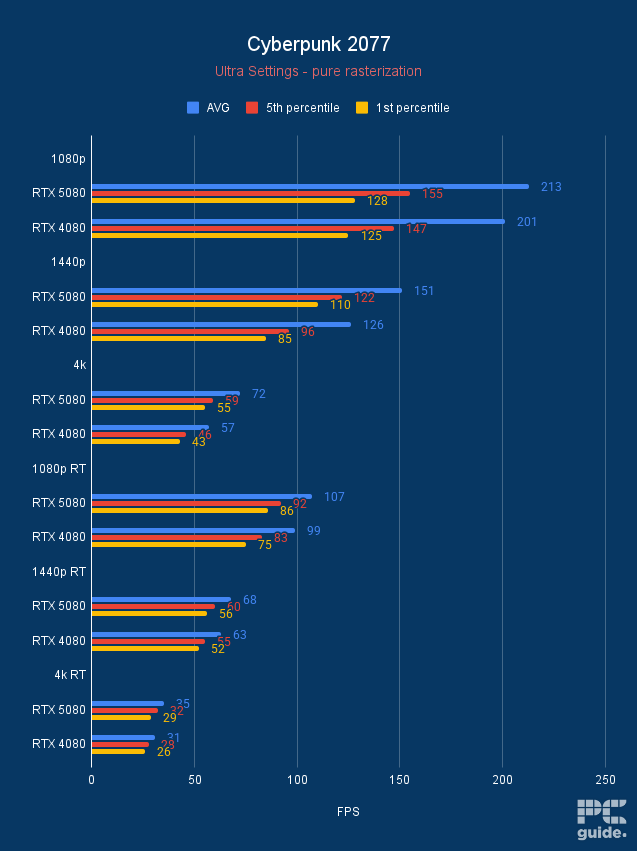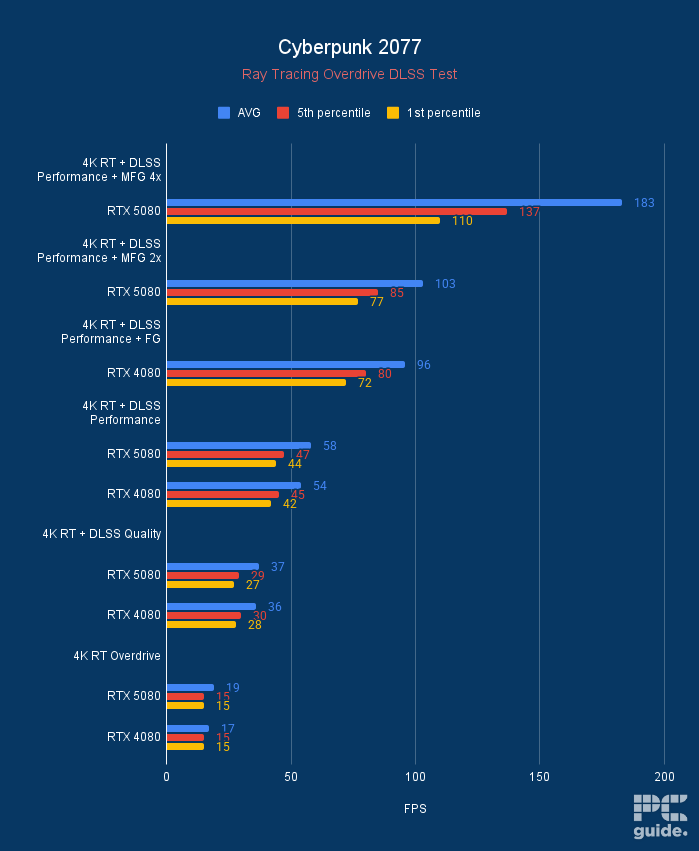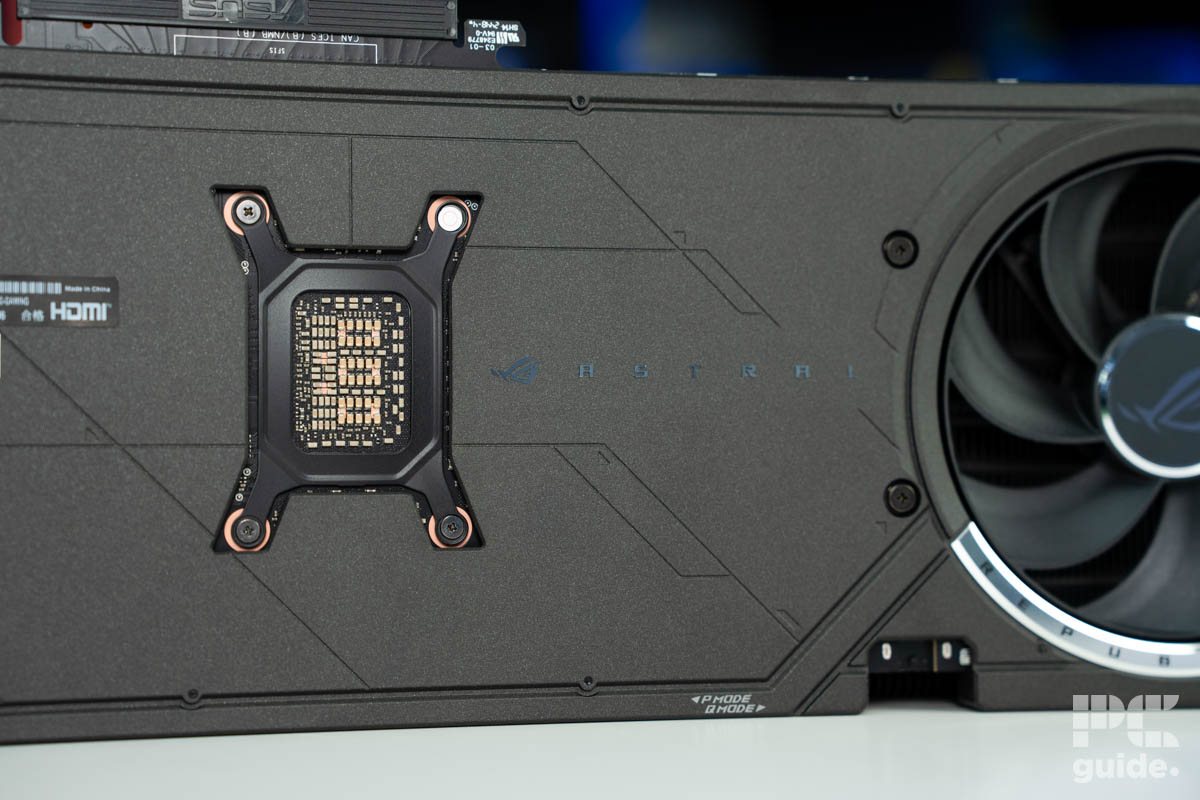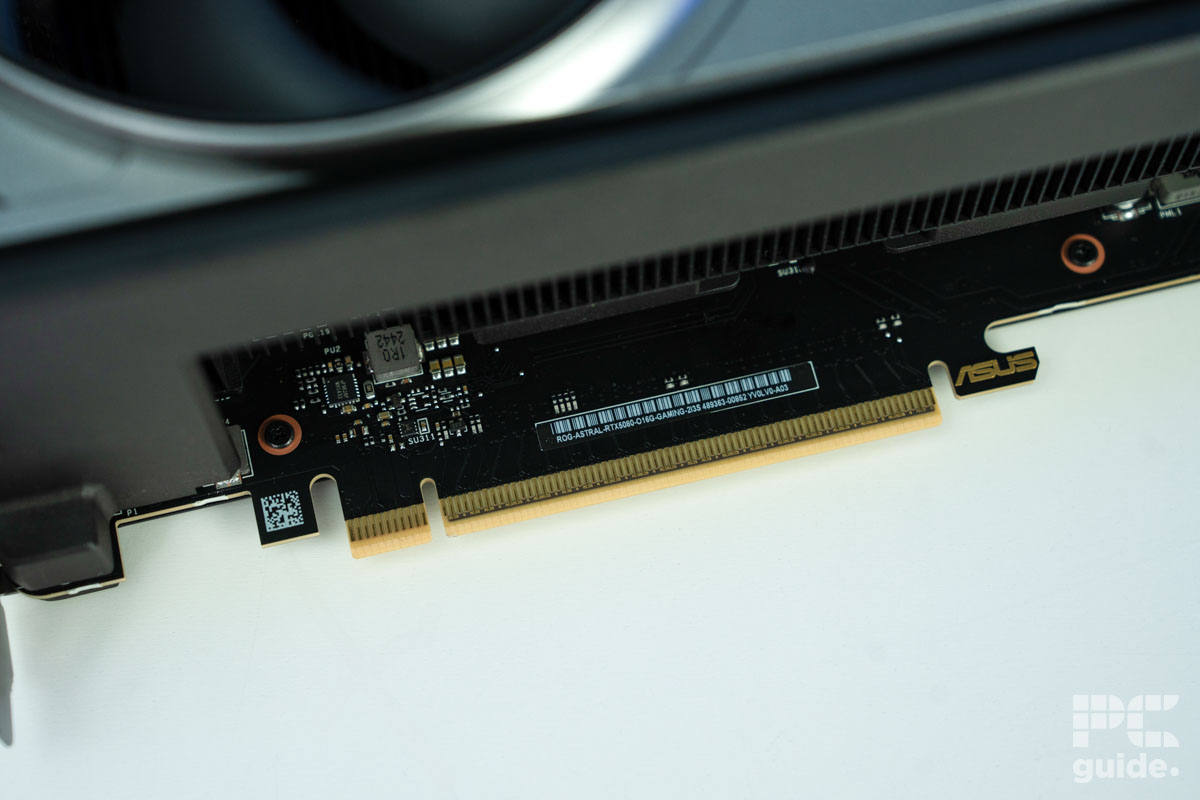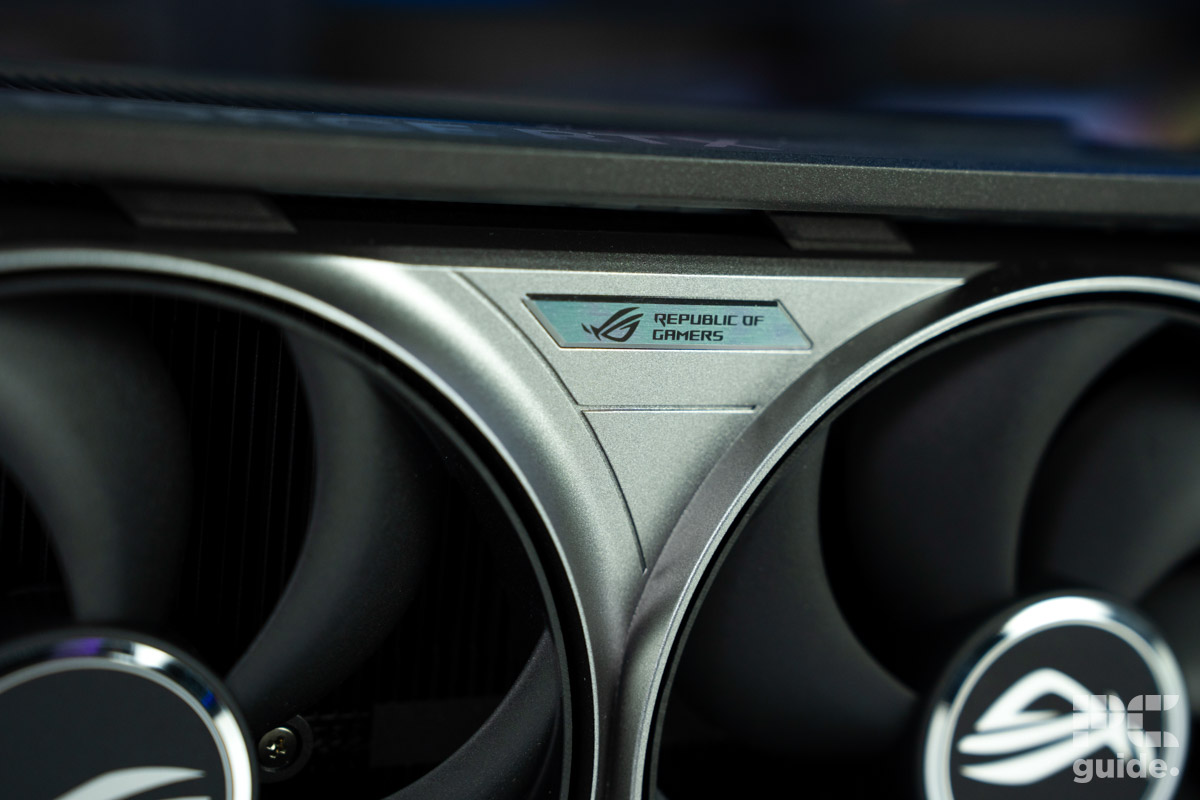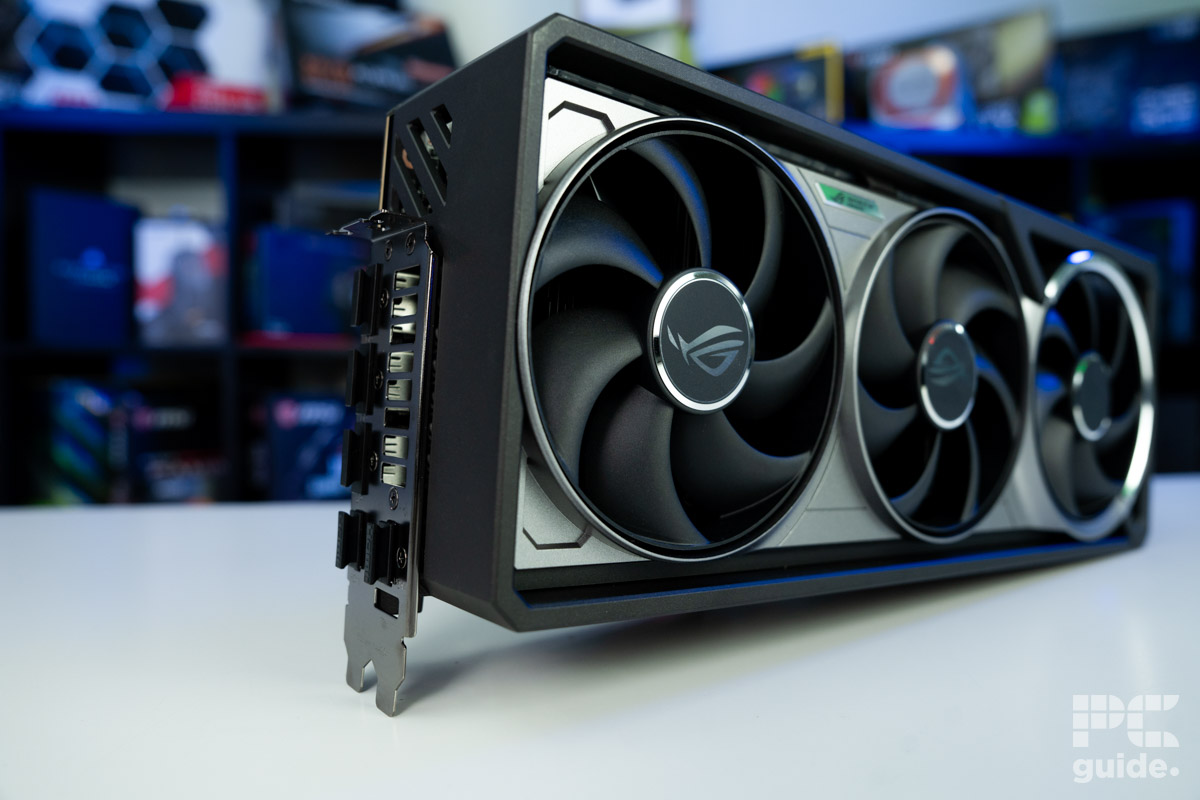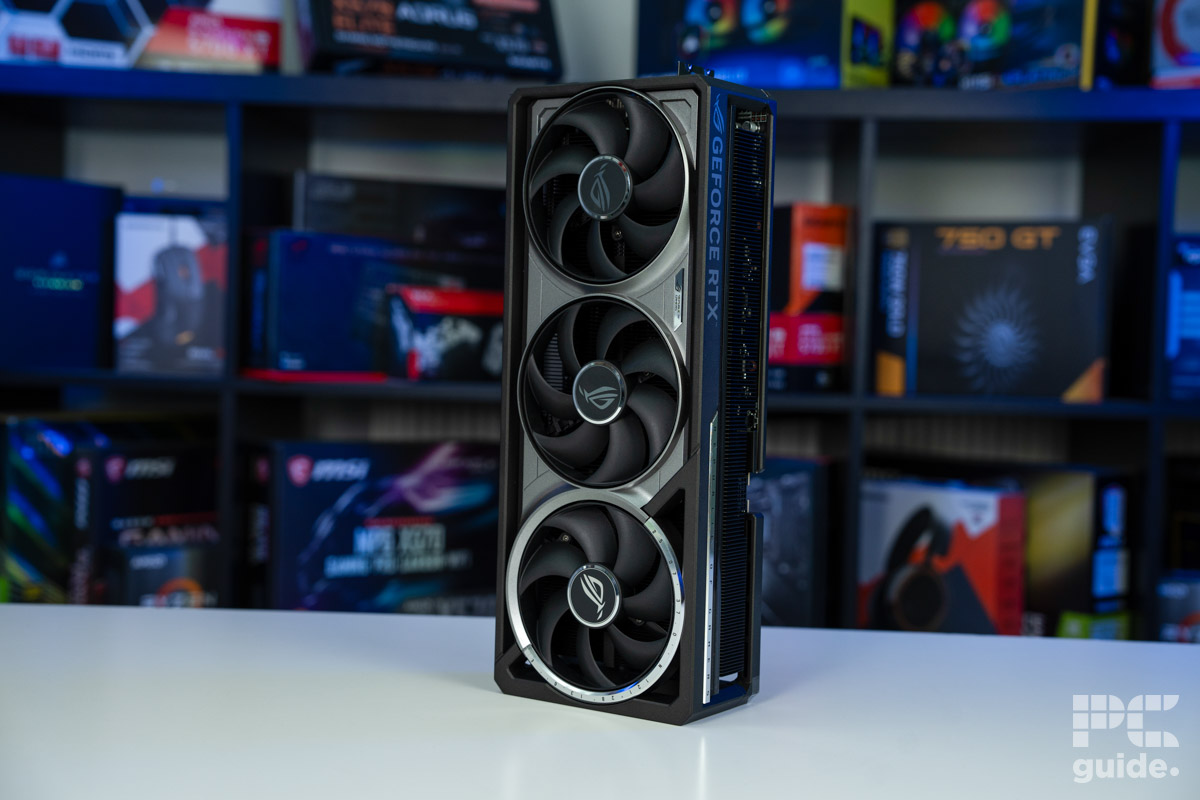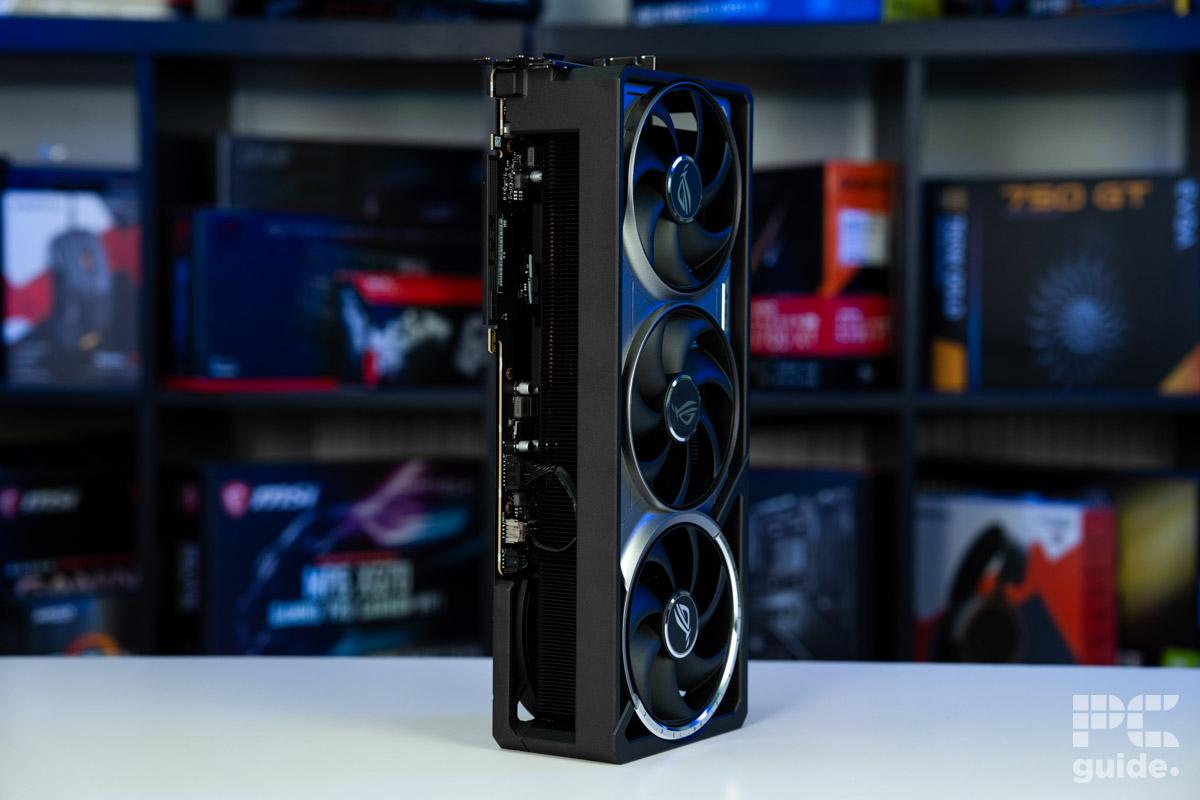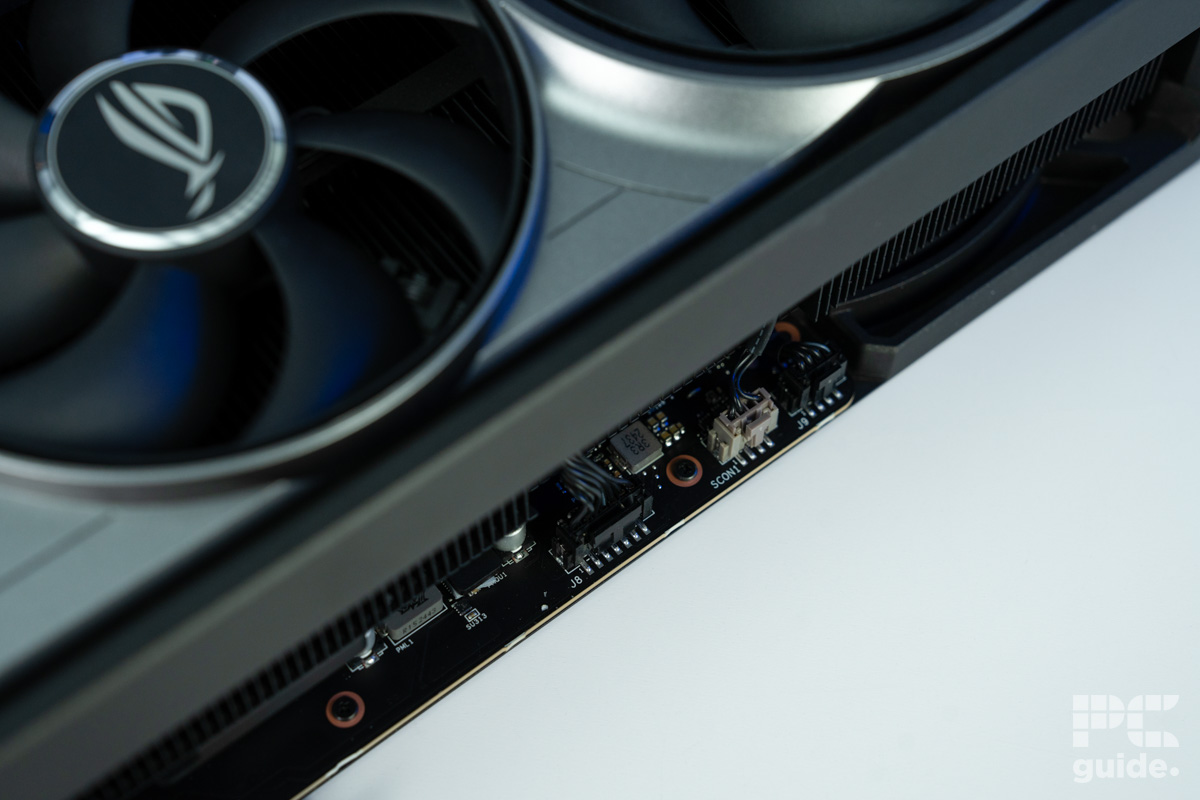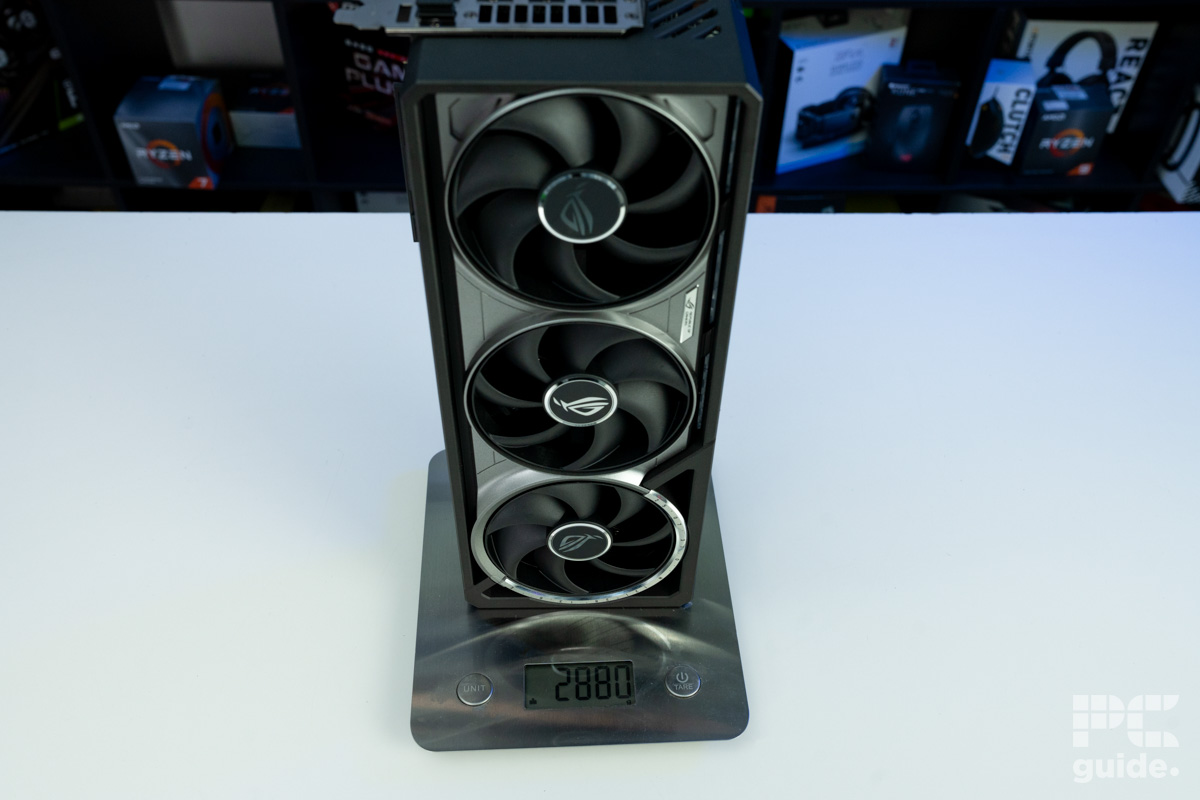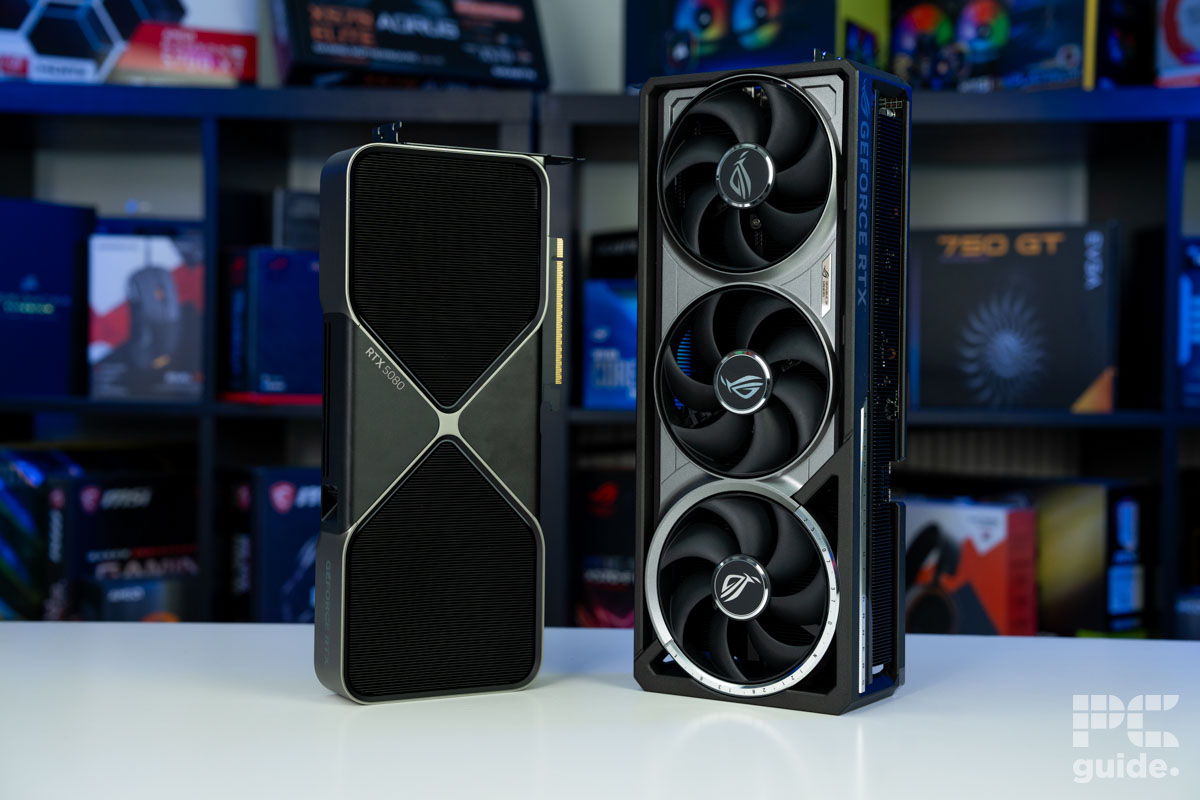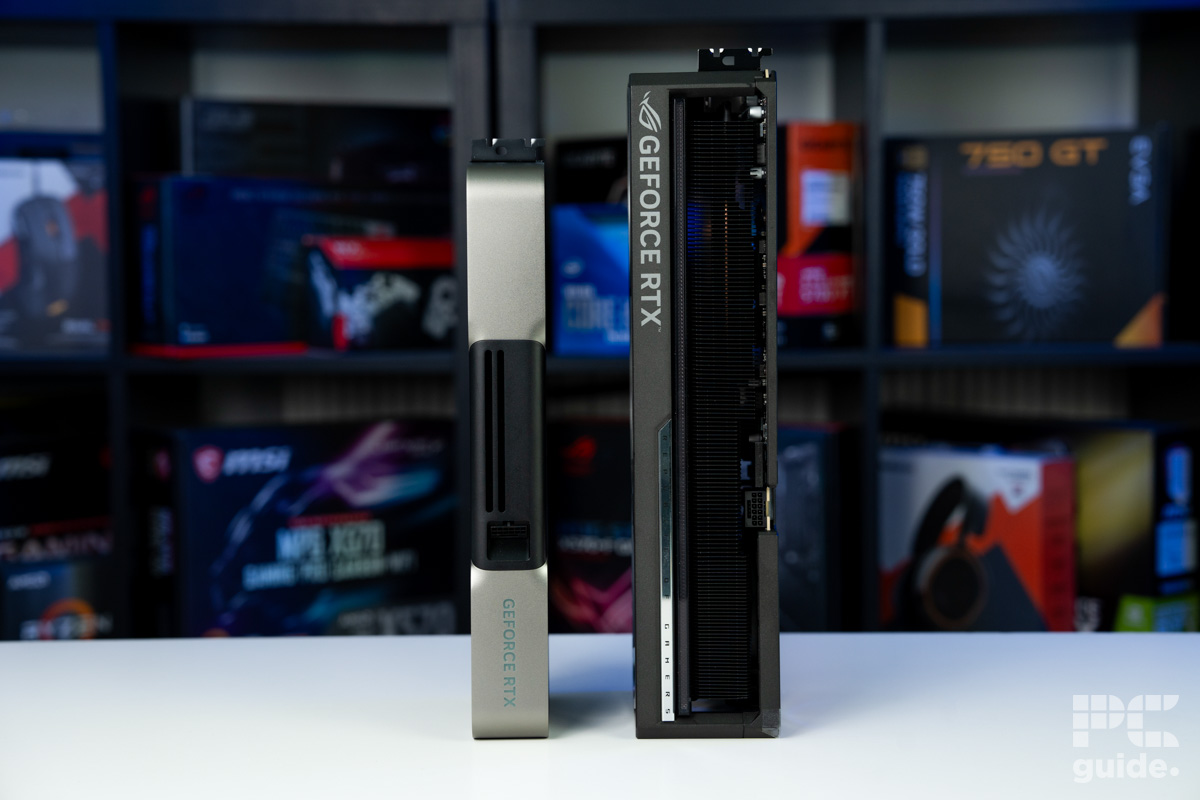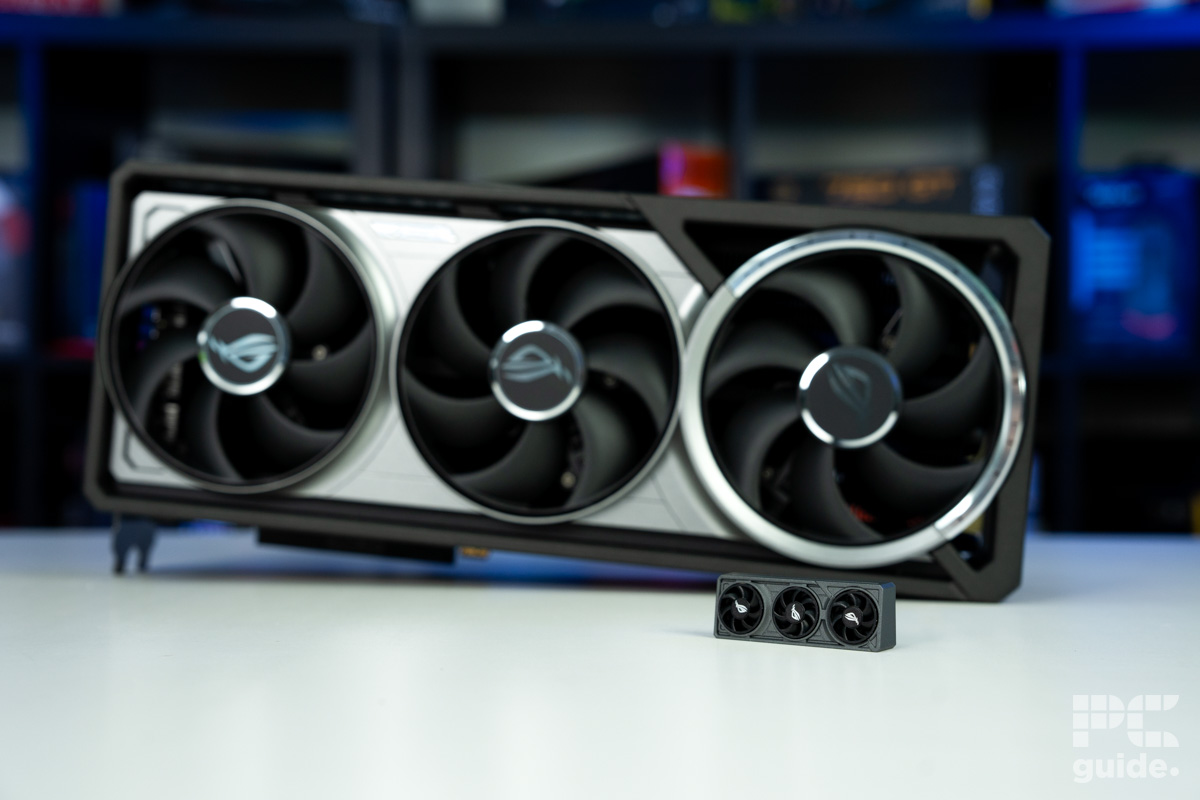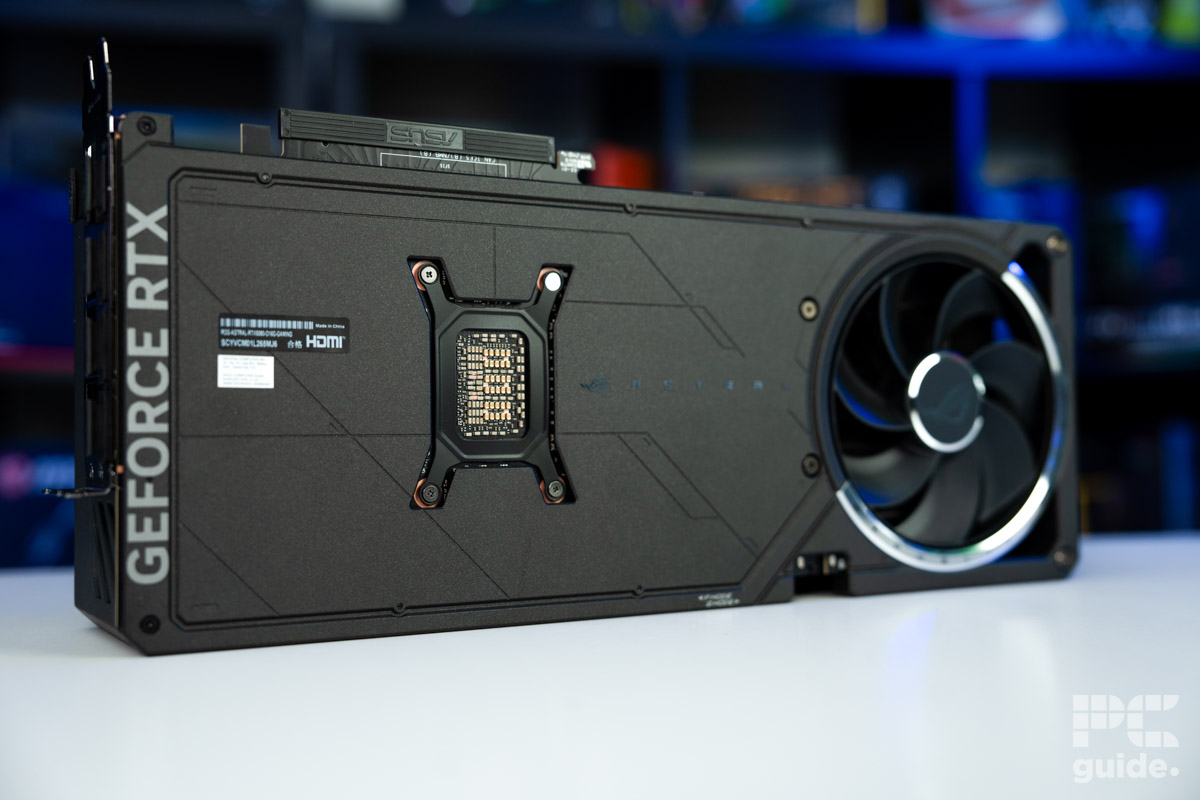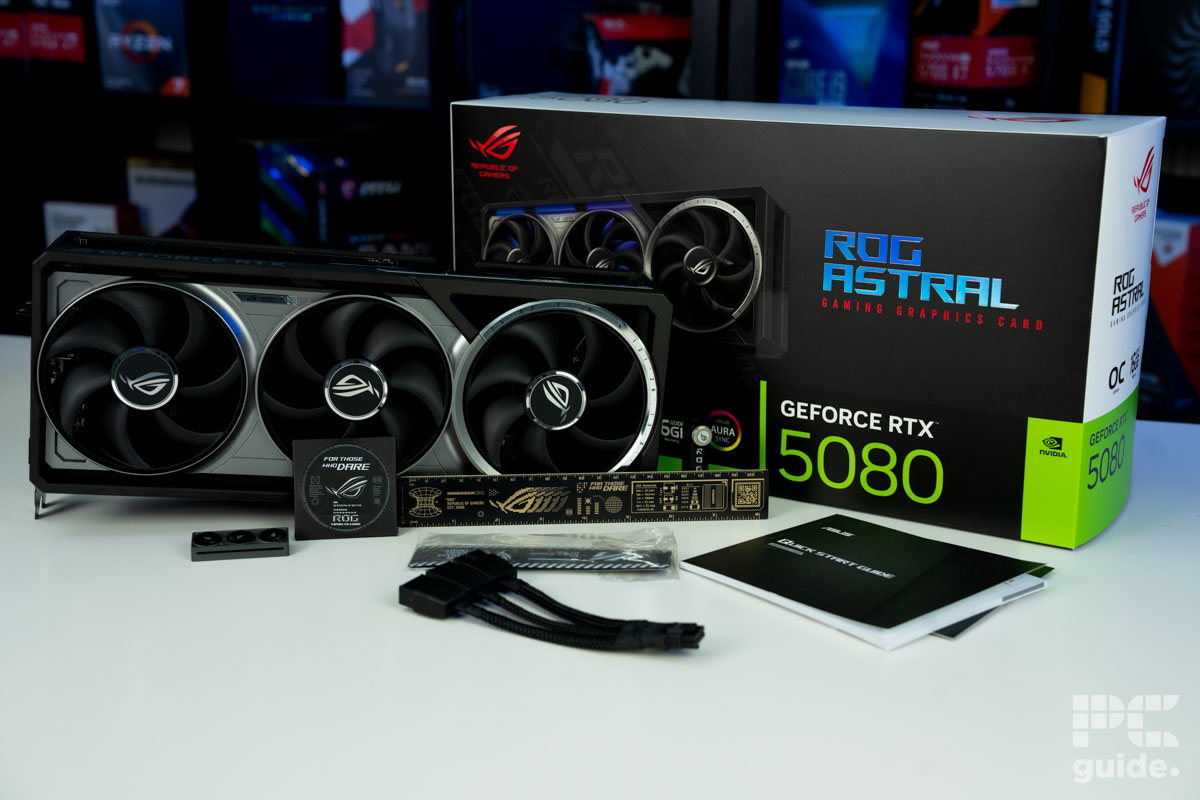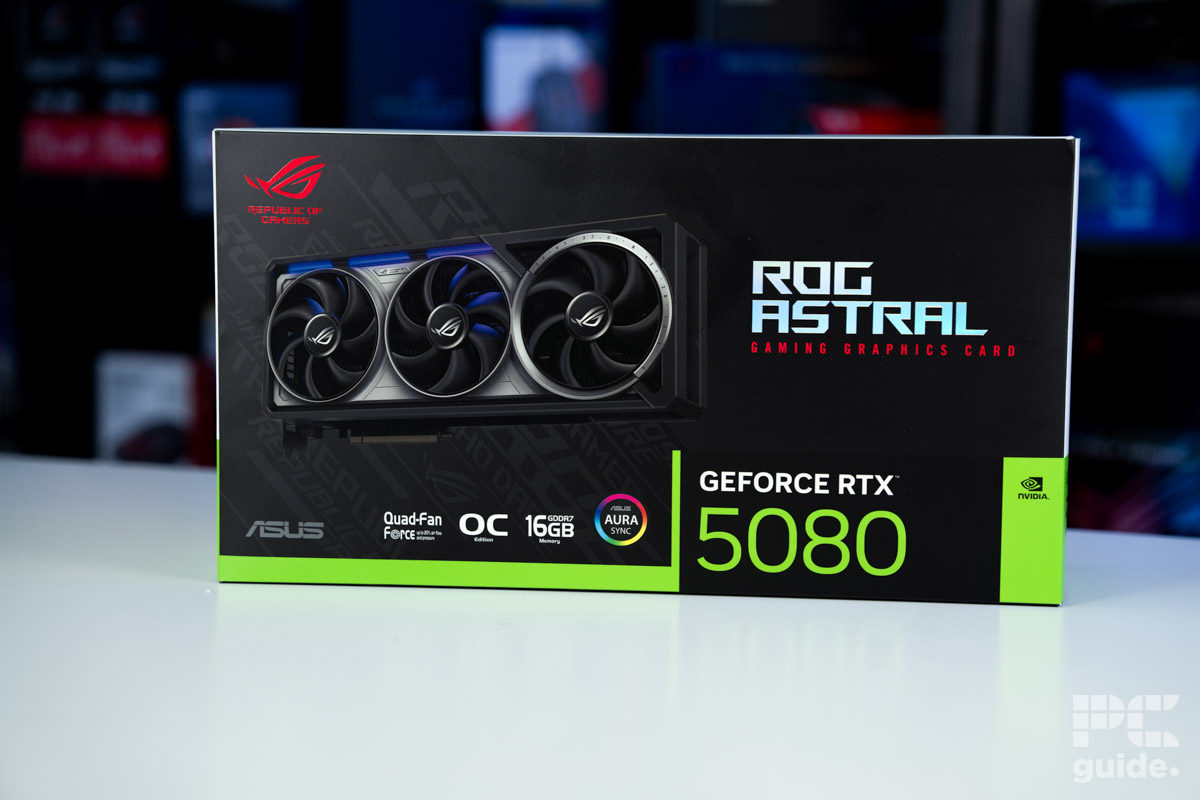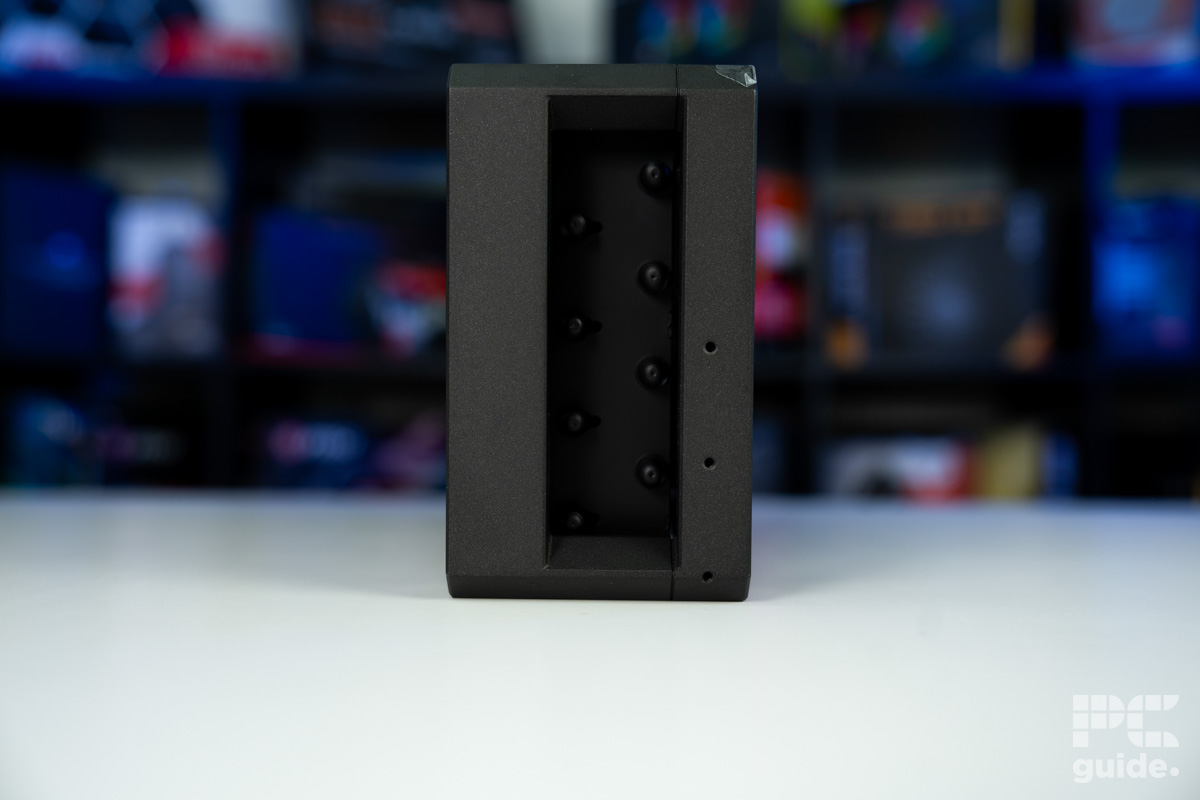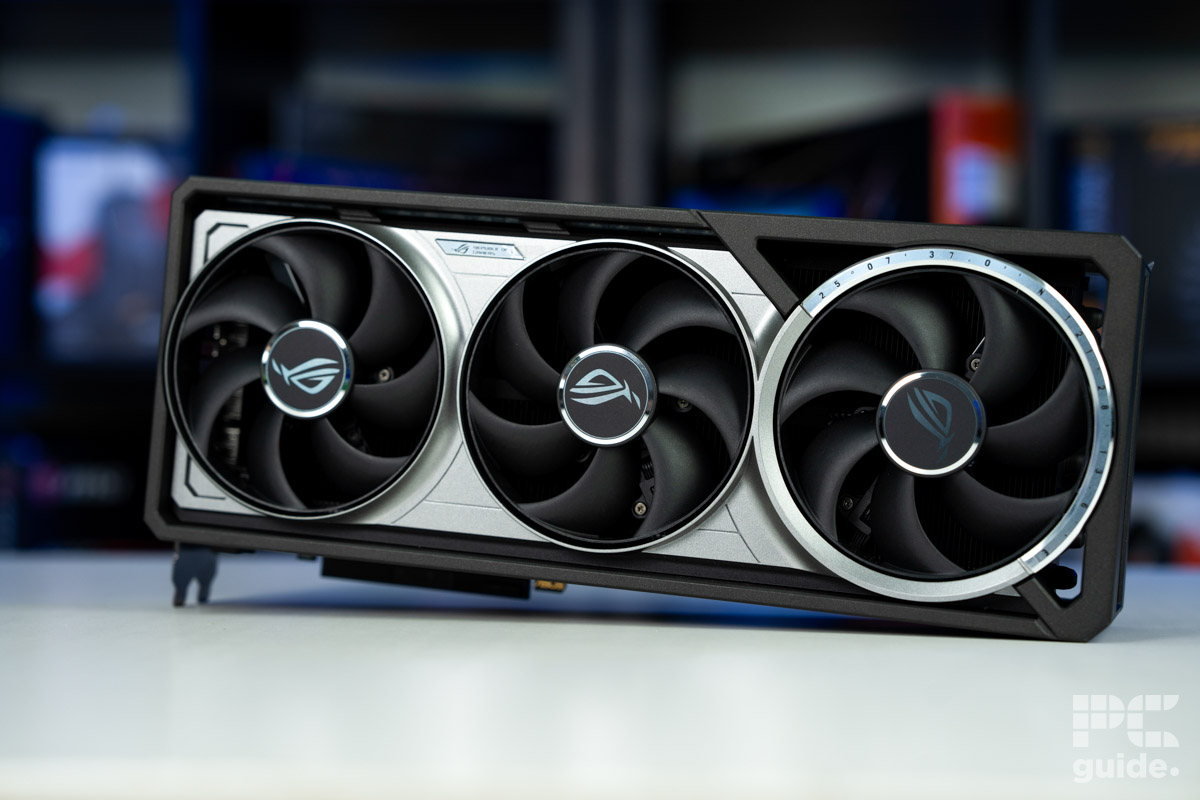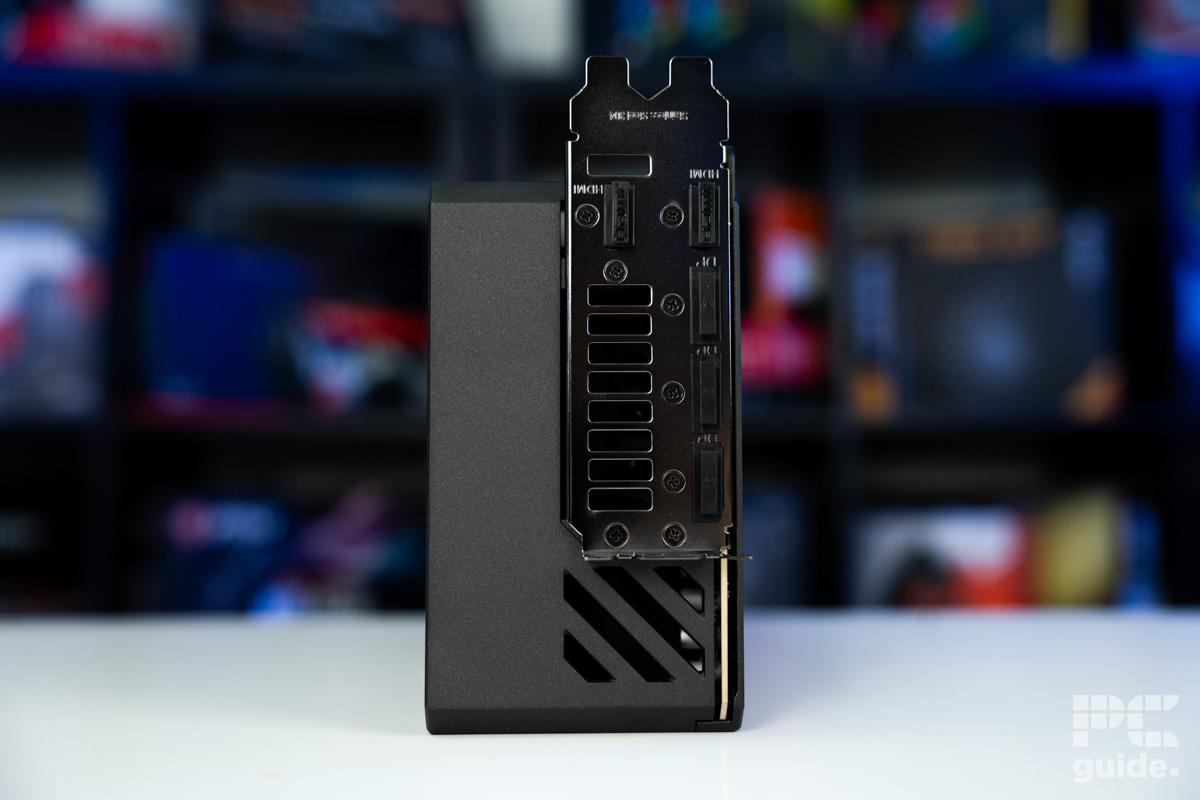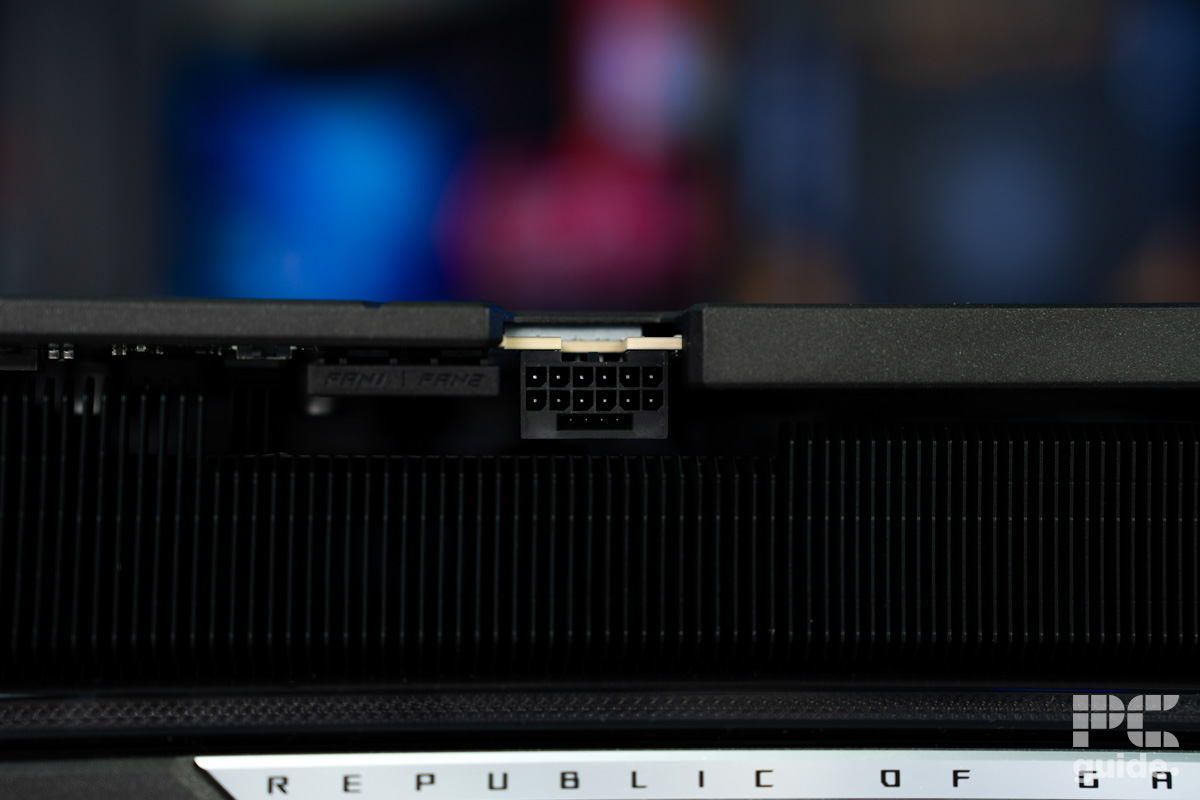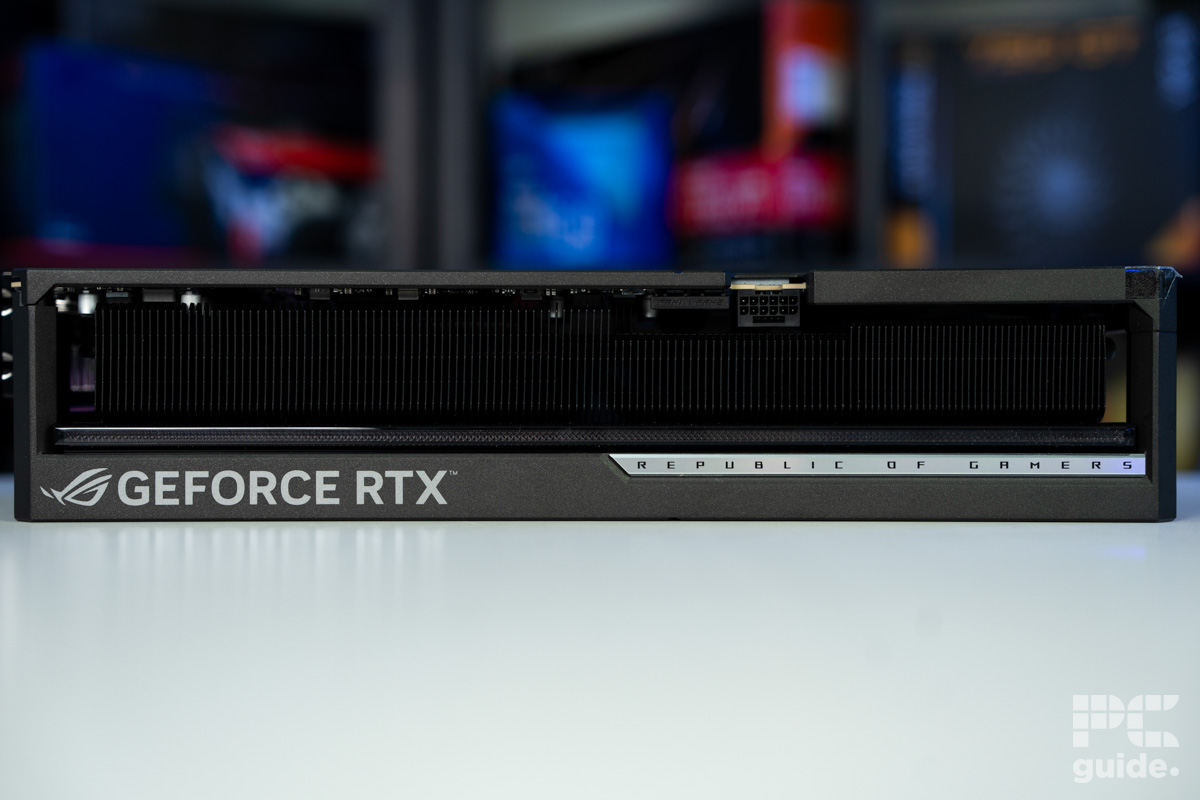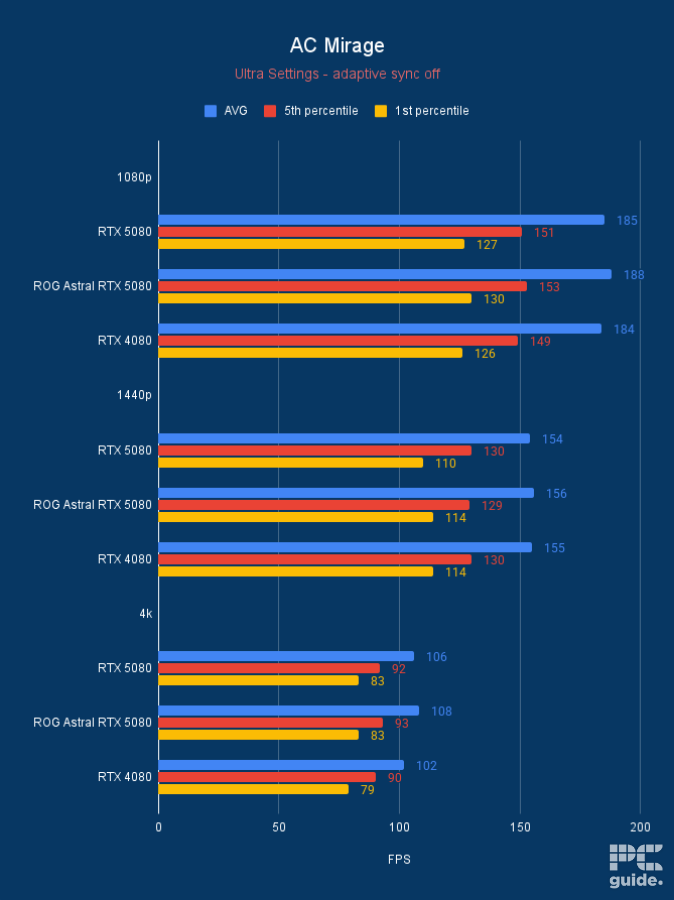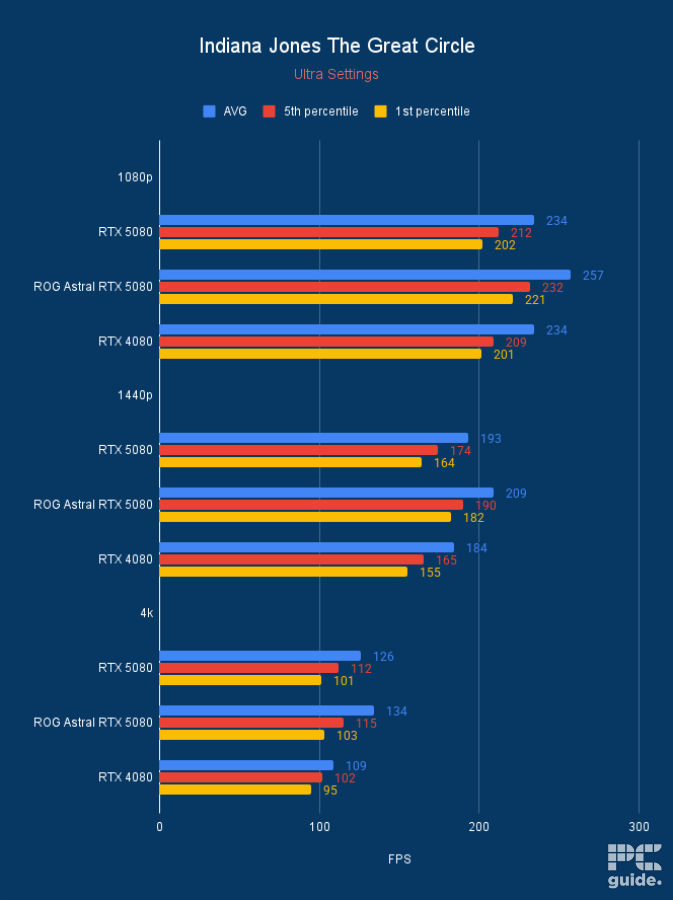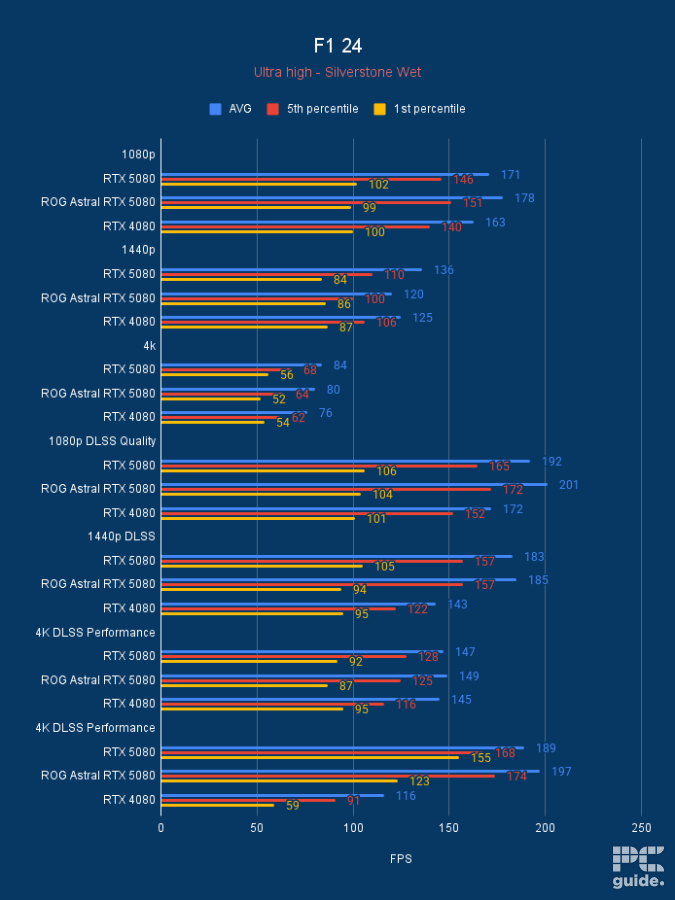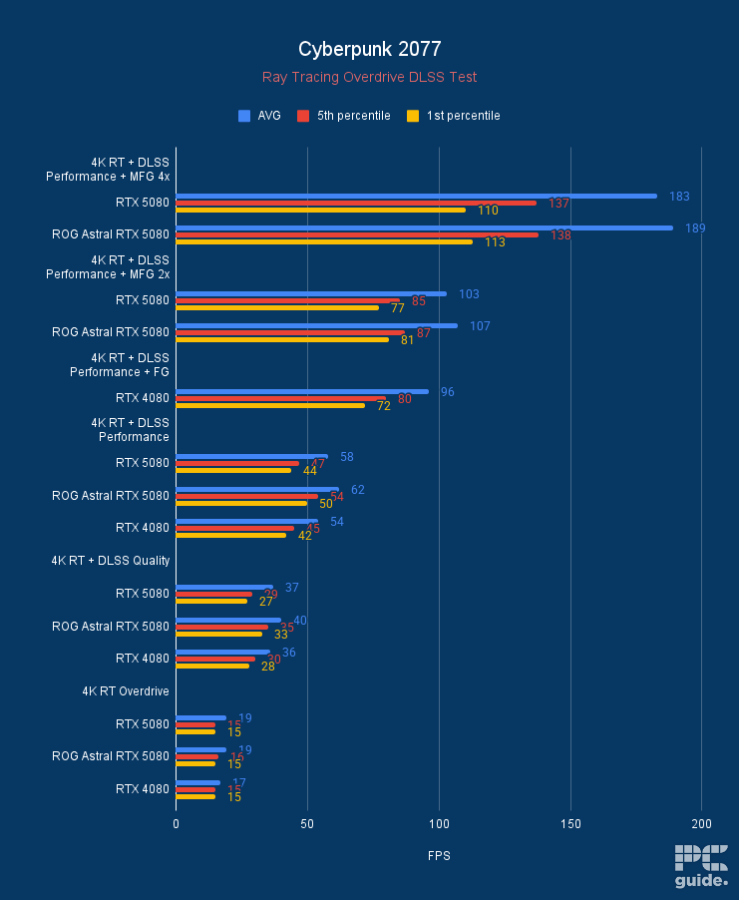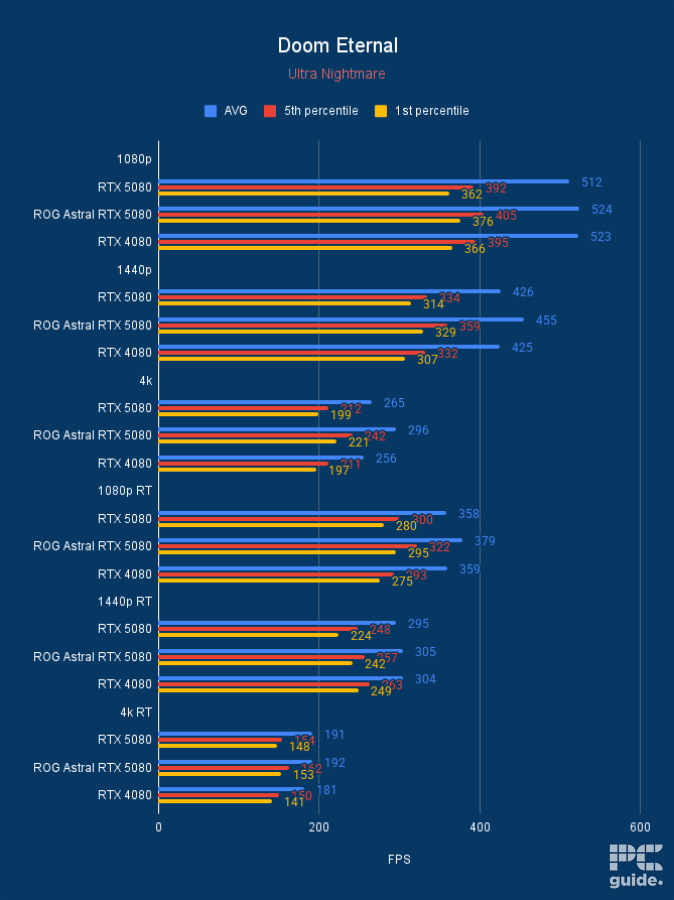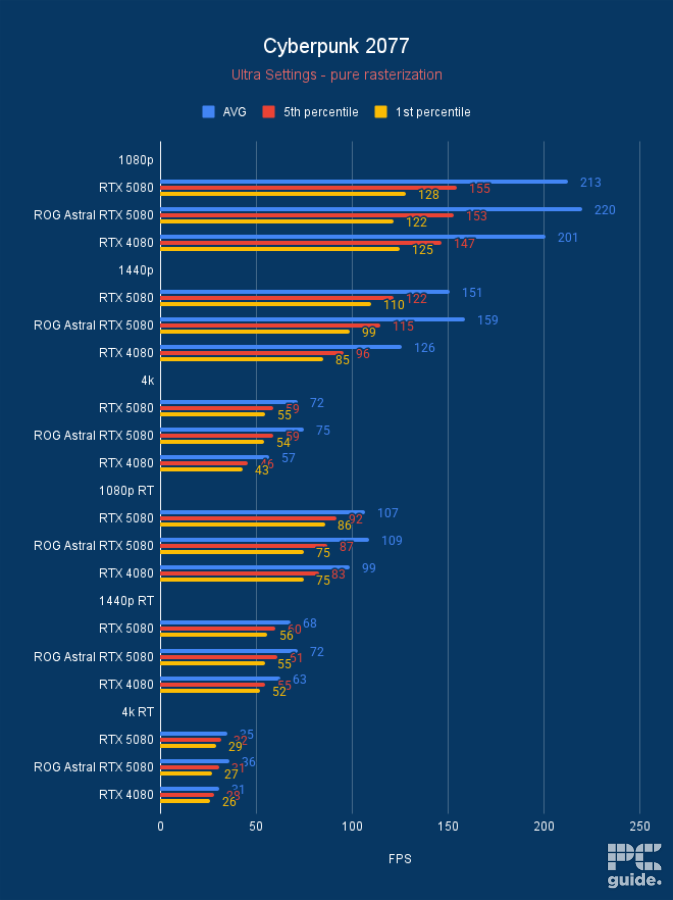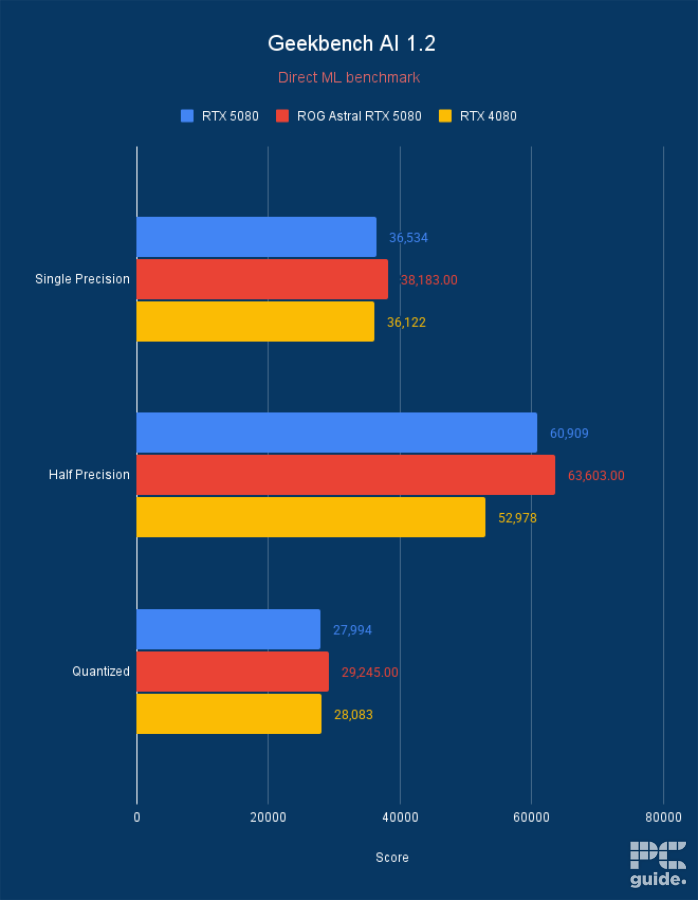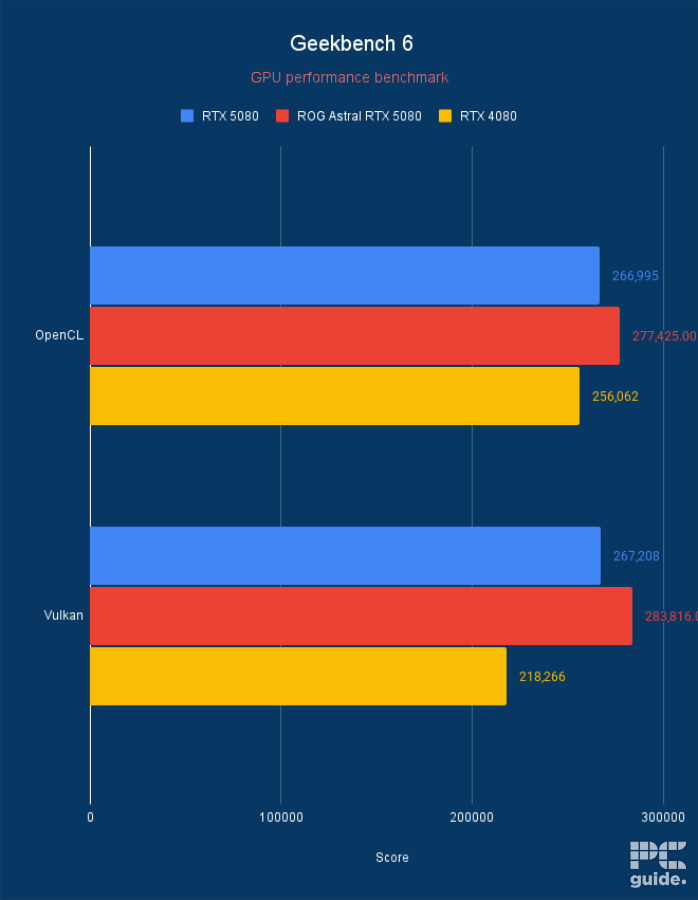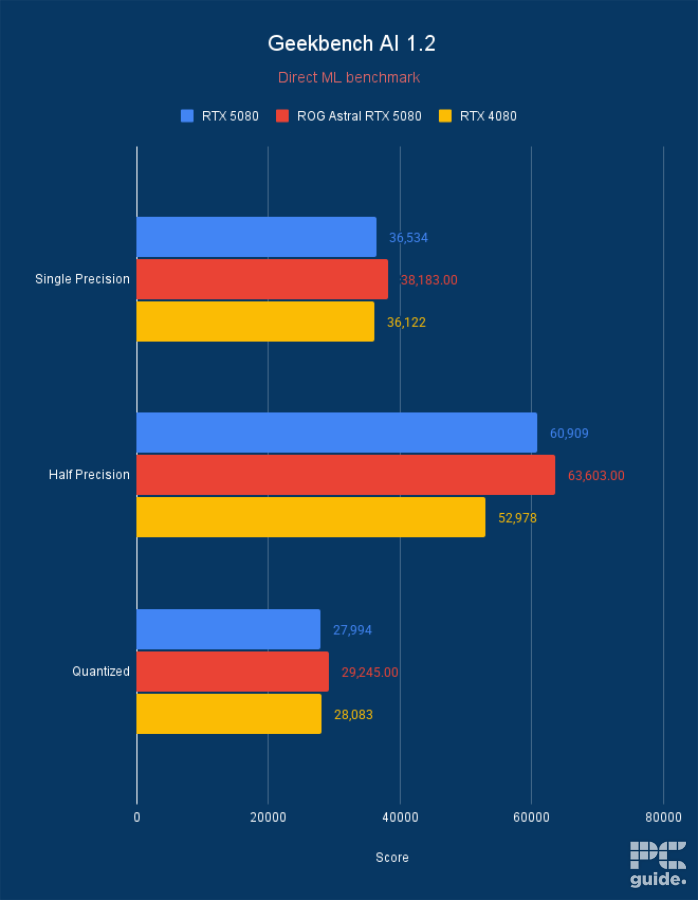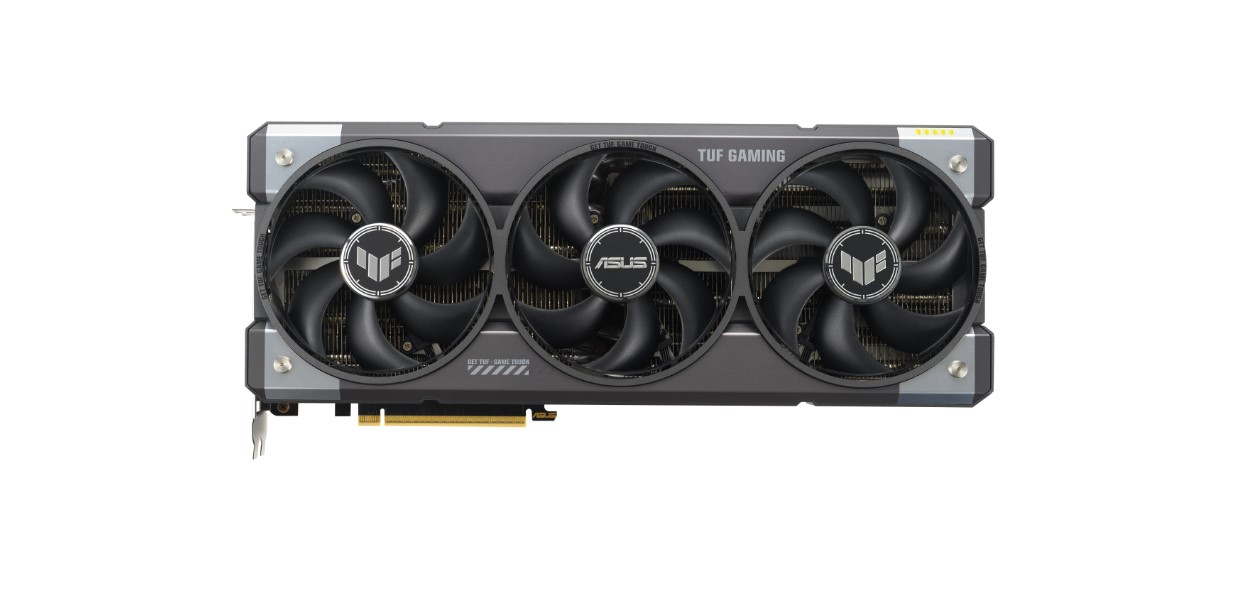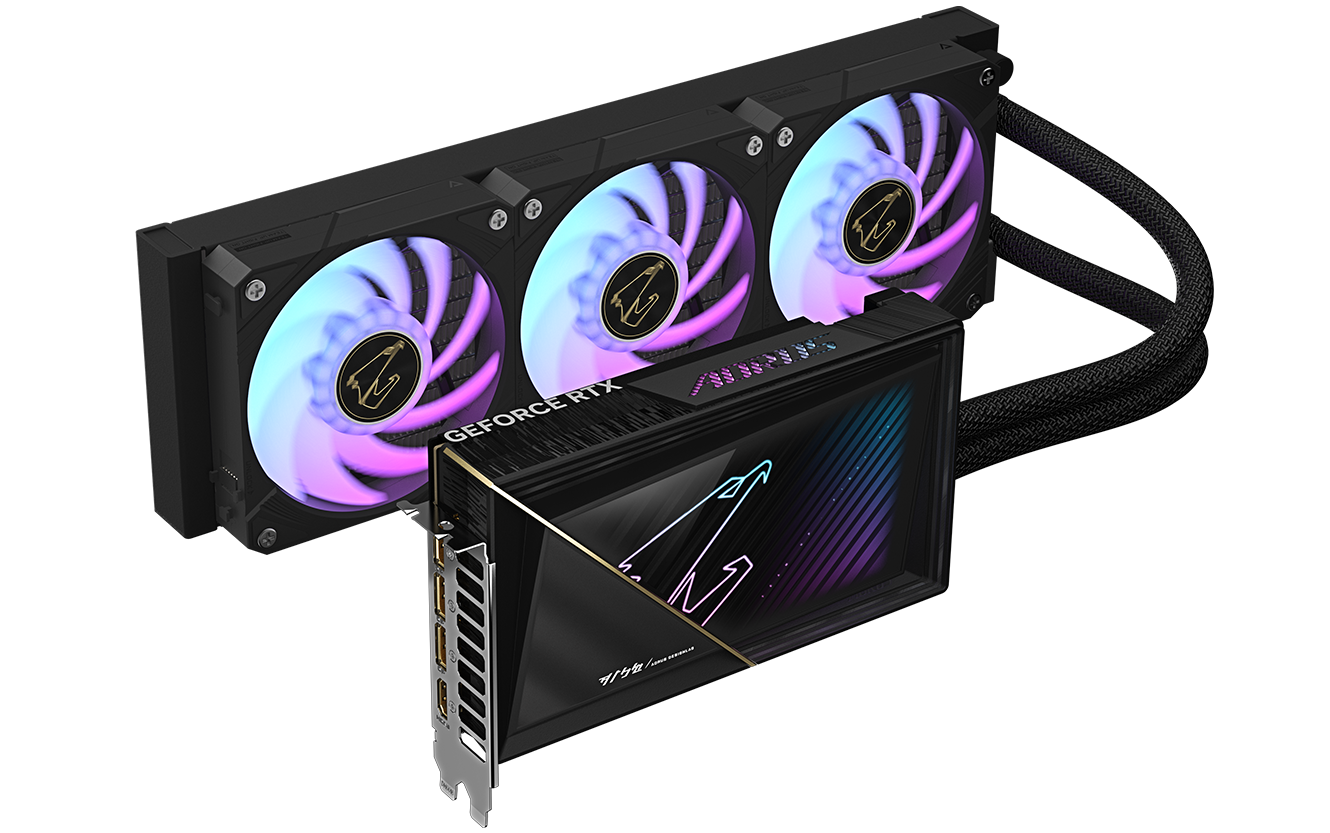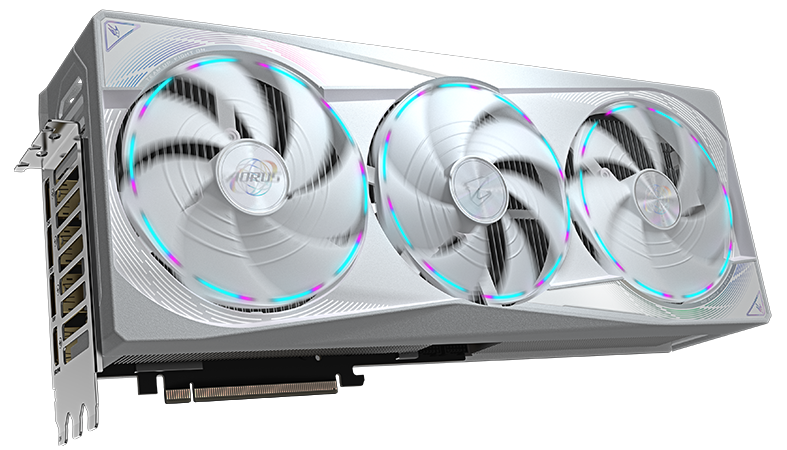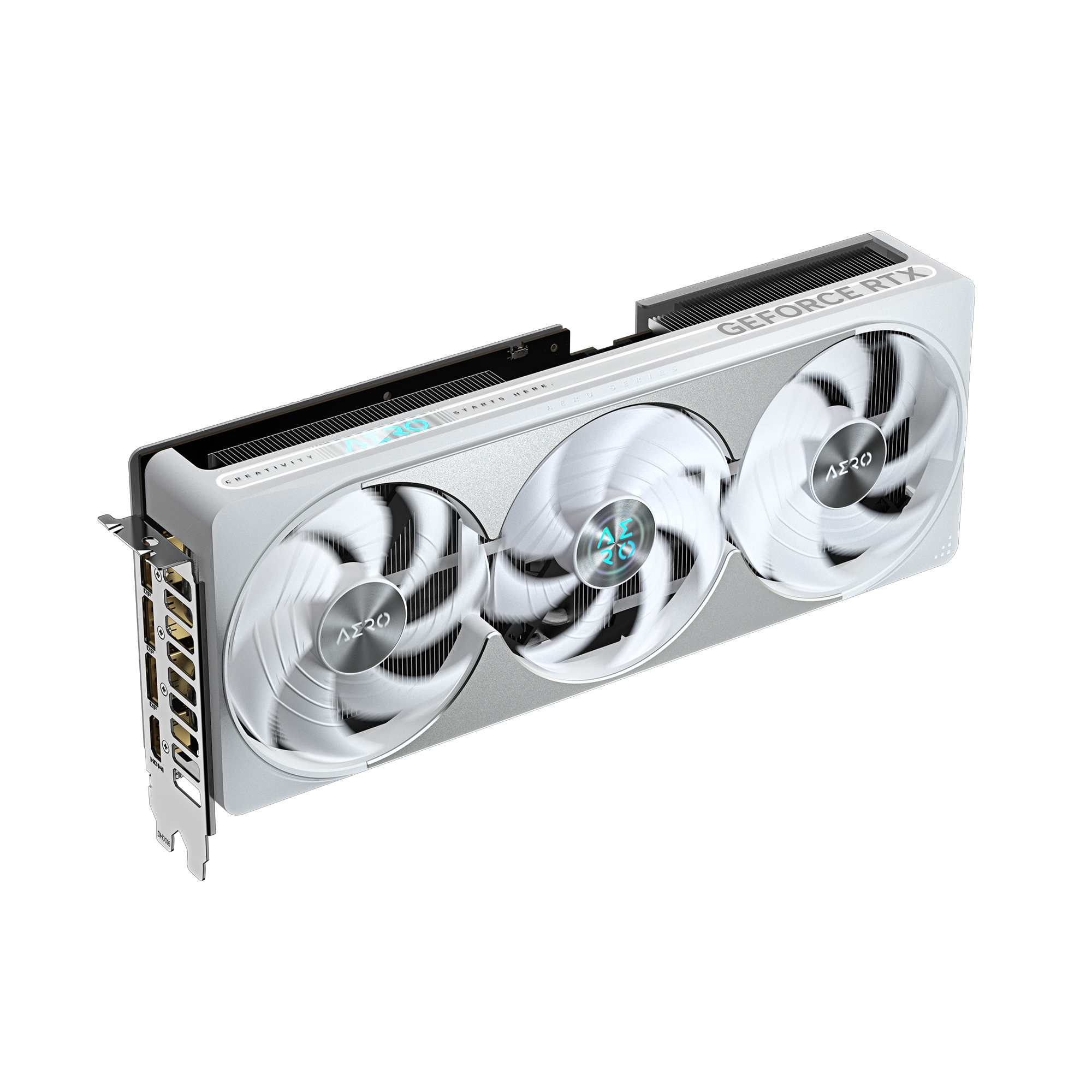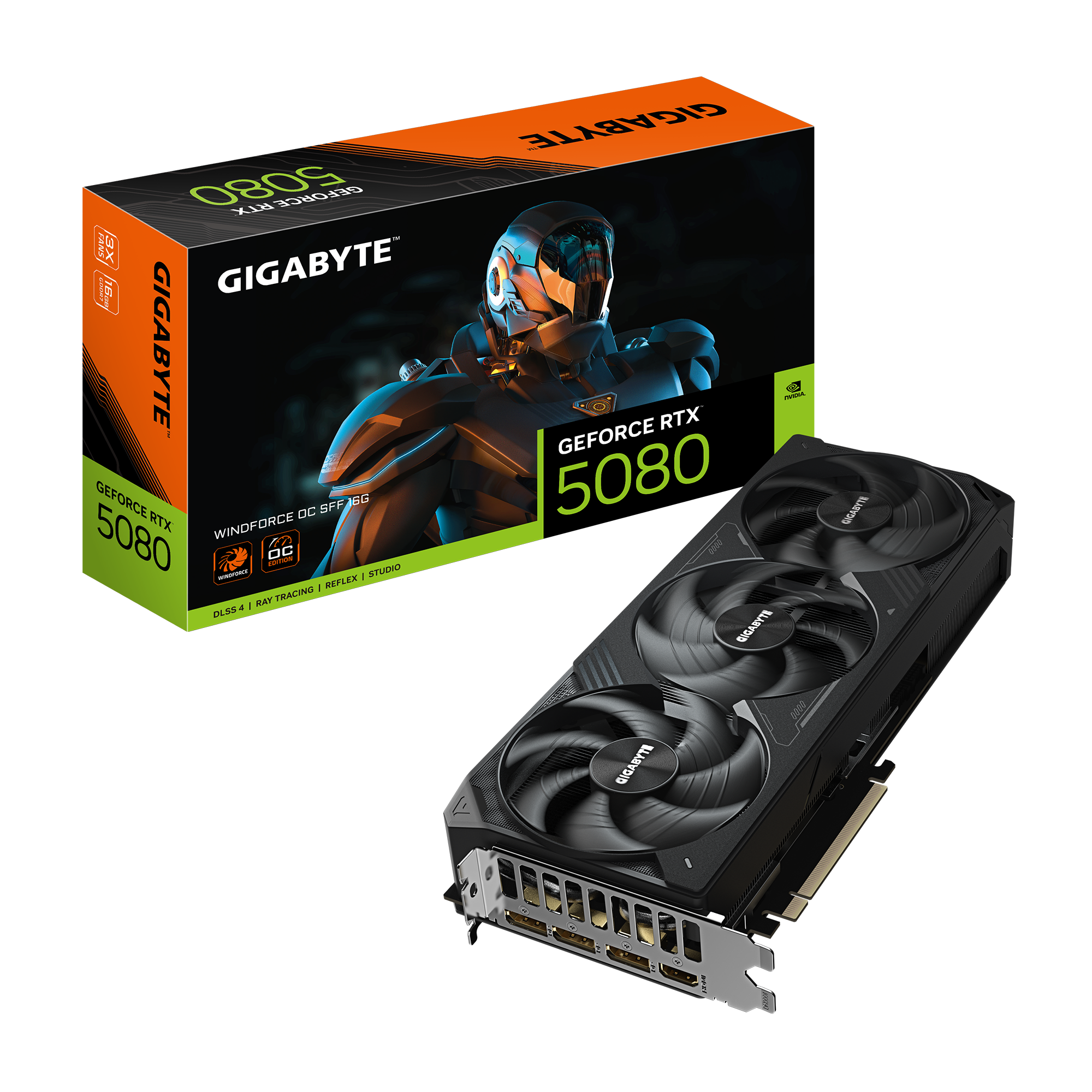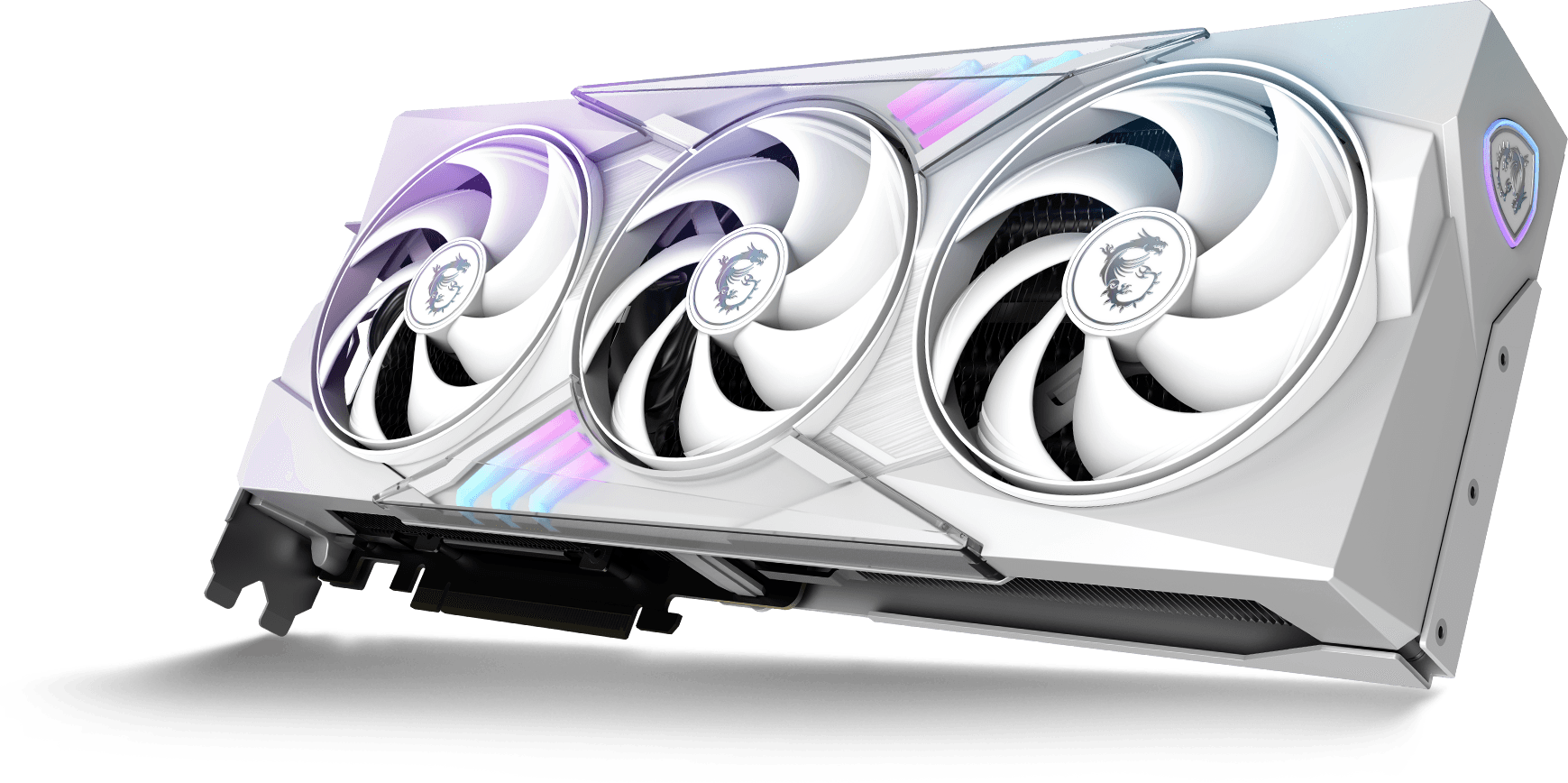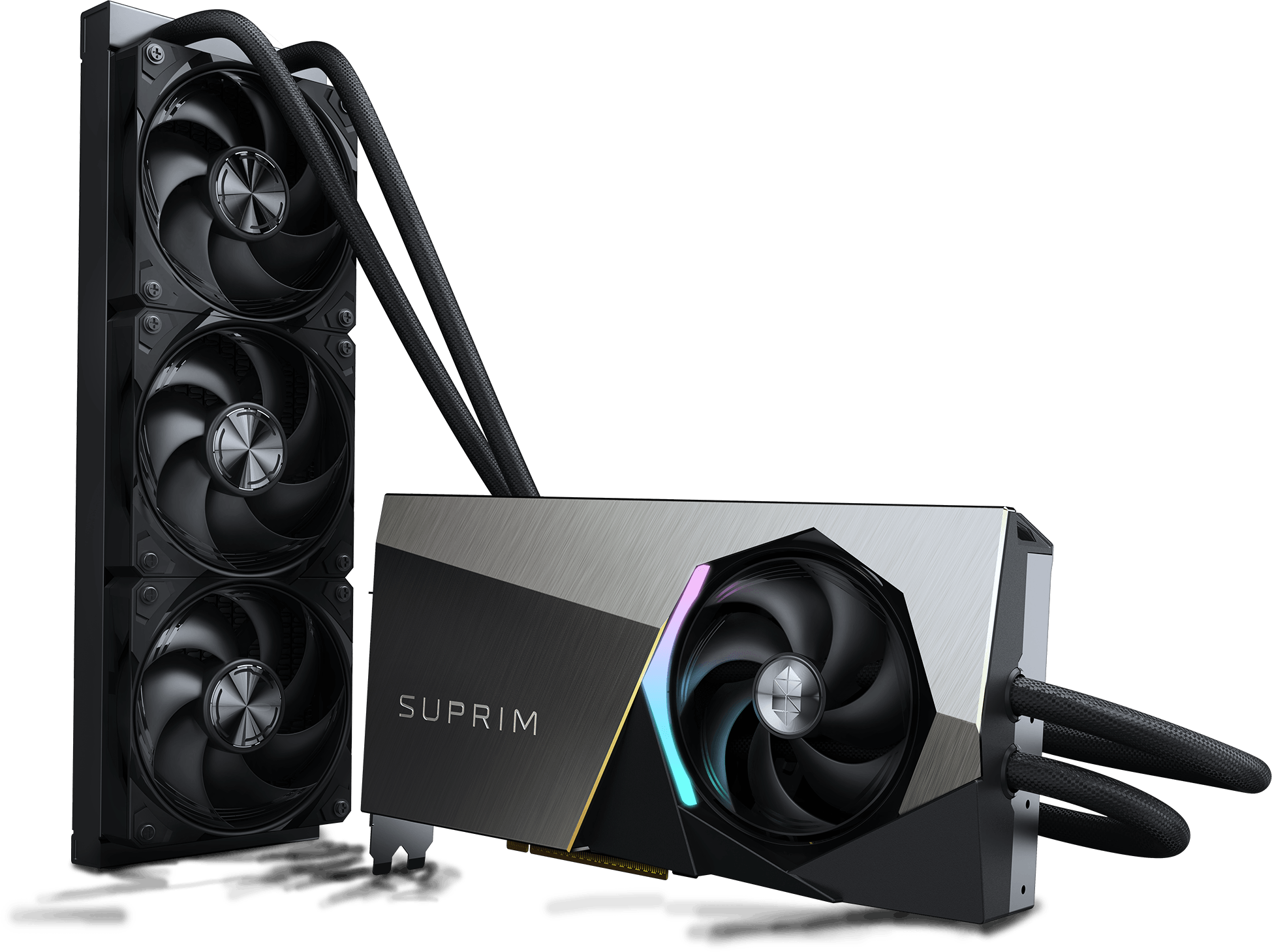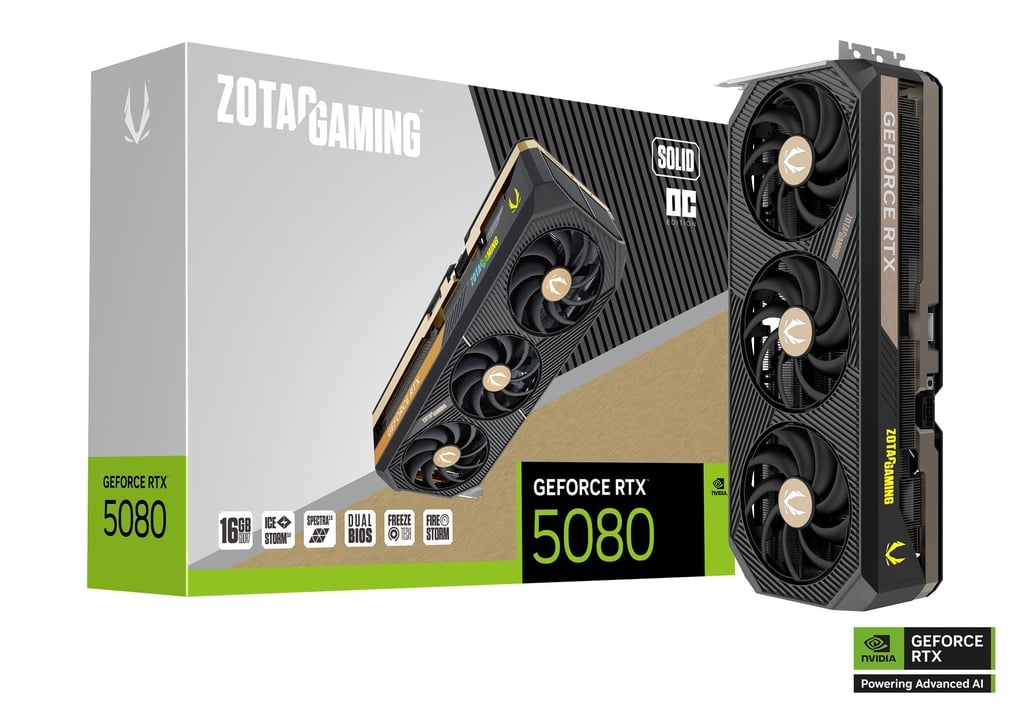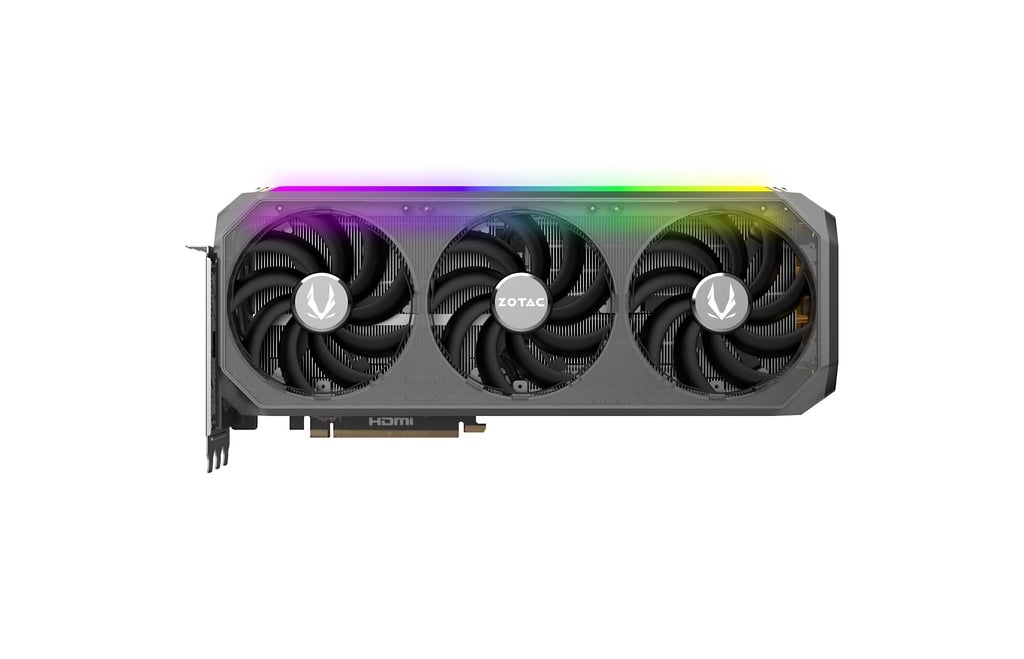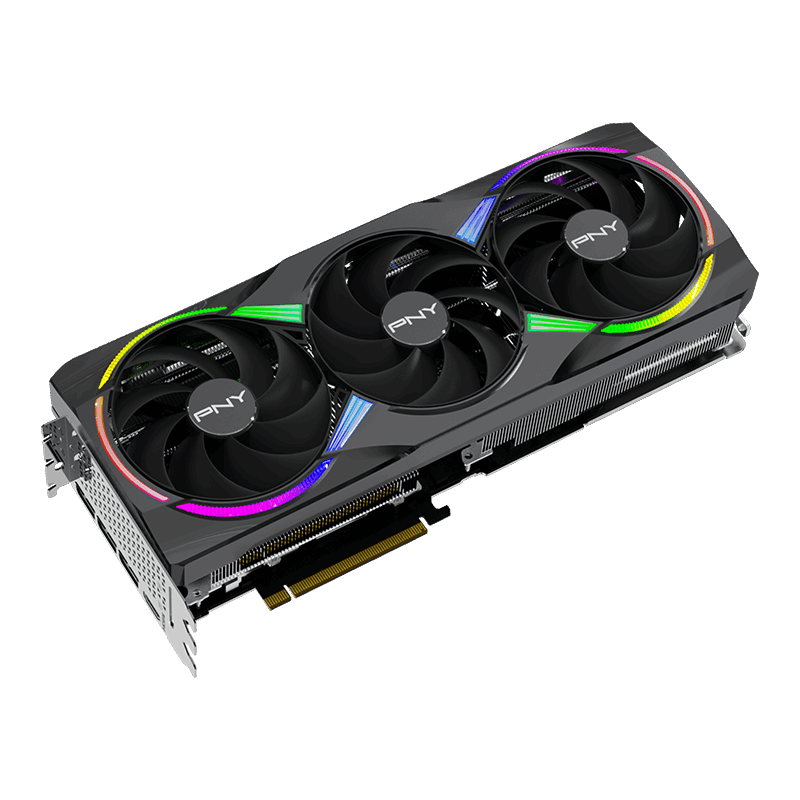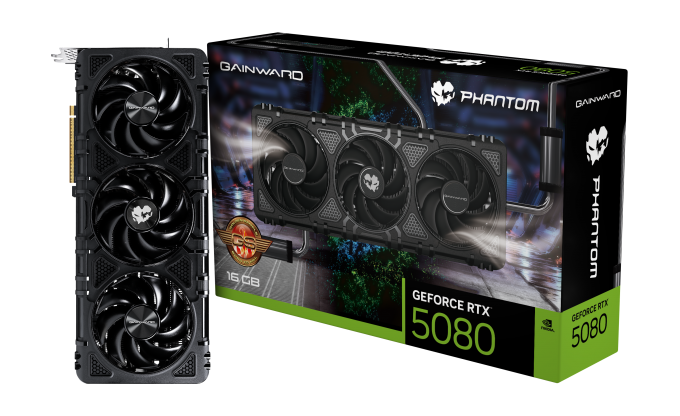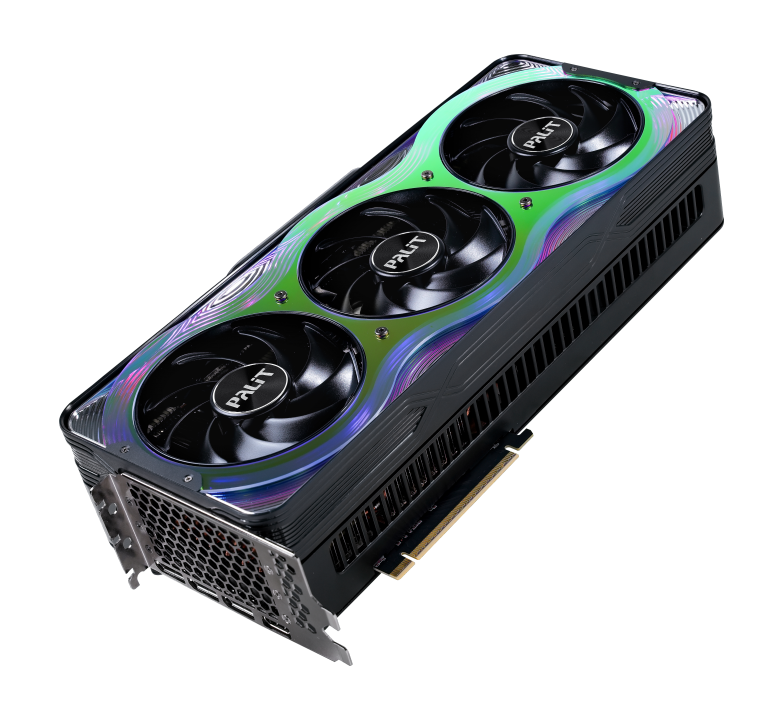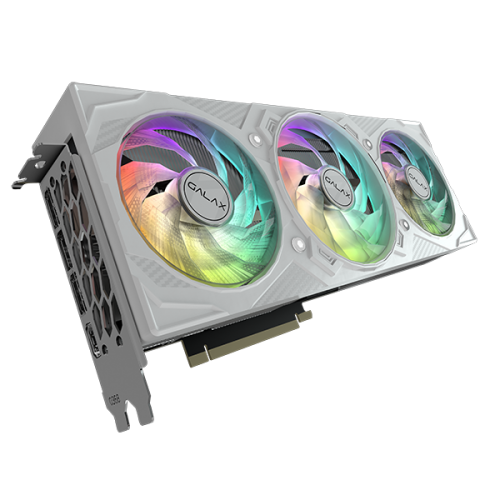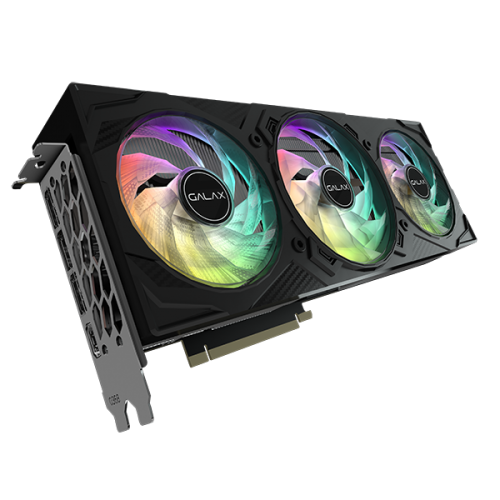Best RTX 5080 GPUs – our top picks and guide to AIBs
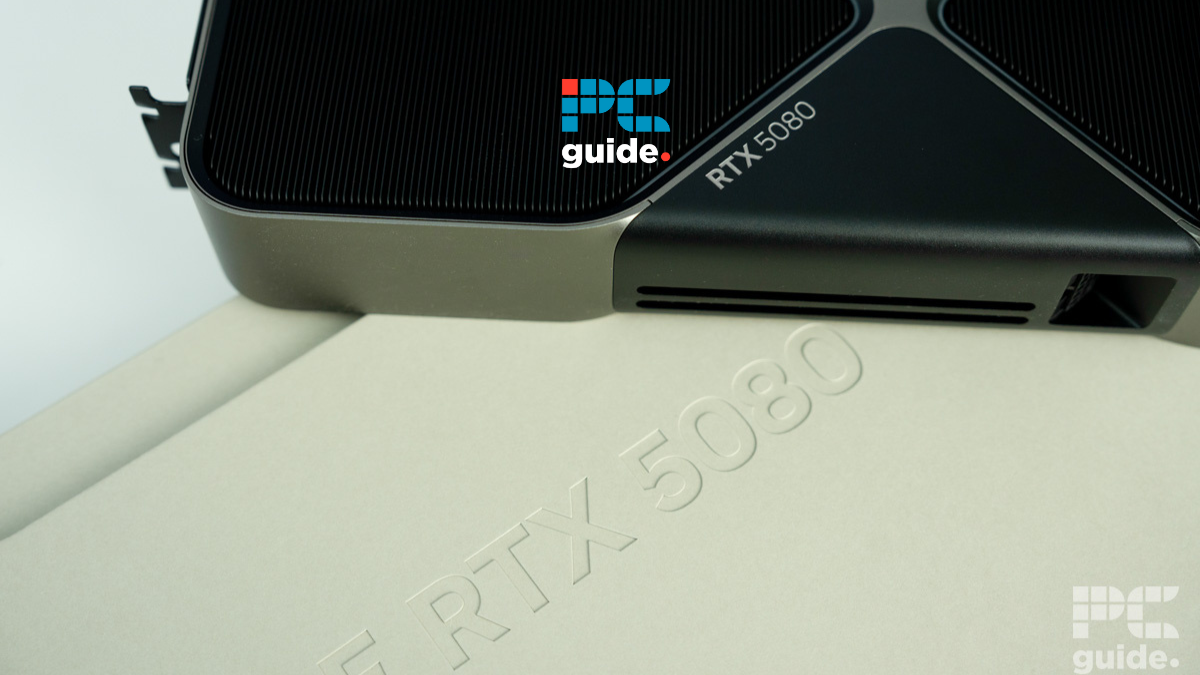
Table of Contents
The selection of RTX 5080s available is almost on par with the RTX 5090 AIBs, with brands such as ASUS, MSI, and Gigabyte leading the charge when it comes to variety. That being said, we’ve spotted some interesting options from Zotac, Gainward, and Galax that are well worth checking out, too.
The RTX 5080 boasts impressive improvements over the RTX 4080, as we saw firsthand in our RTX 5080 review. We thought it would be good to share with you all the available cards, so you can see everything in one place. Of course, we’ll be updating this article with all the latest listings and our hands-on reviews when the time comes, so stay tuned.
We’ve selected a couple of variants that we think are the best and provided an overview of all the AIB models available so you can check them out, compare prices and design, and then make an informed decision. We also recommend checking out our dedicated RTX 5080 retailer guide to keep on top of where to buy these cards. I’ve also listed the current US listings below in this table, for you to check out:
Best RTX 5080 graphics cards at a glance
-
Best RTX 5080 overall
Nvidia GeForce RTX 5080 Founders Edition
- GPU: GB203
- CUDA Cores: 10752
- VRAM: 16GB GDDR7
- Memory Bus width: 256 bit
- Base Clock speed: 2295 MHz
- Boost Clock speed: 2617 MHz
-
Best high-end RTX 5080
ROG Astral GeForce RTX 5080 OC
- GPU: GB203
- CUDA Cores: 10,752
- VRAM: 16GB GDDR7
- Memory Bus Width: 256 bit
- Base Clock Speed: 2,295 MHz
- Boost Clock Speed: 2,790 MHz
-
Best value for money RTX 5080
GIGABYTE WINDFORCE GeForce RTX 5080
- GPU: GB203
- CUDA cores: 10752
- VRAM : 16GB GDDR7
- Memory interface width: 256 bit
- Base clock speed: TBD
- Boost clock speed: 2617 MHz
-
Best RTX 5080 for overclocking
AORUS GeForce RTX 5080 XTREME WATERFORCE WB 16G
- GPU: GB203
- CUDA cores: 10752
- VRAM: 16GB GDDR7
- Memory interface width: 256 bit
- Base clock speed: TBD
- Boost clock speed: 2805 MHz

- GPU: GB203
- CUDA Cores: 10752
- VRAM: 16GB GDDR7
- Memory Bus width: 256 bit
- Base Clock speed: 2295 MHz
- Boost Clock speed: 2617 MHz
It makes sense to kick things off with the RTX 5080 Founders Edition, which we scored 4.5 out of 5 in our review. There’s a lot to love about this card, and from a design perspective, it differs from many of the AIB models you’ll see in this guide. It’s smaller, cooled in different ways, and is optimized by Nvidia for performance.
We’ll get right to the performance benchmarks of this card. We paired it with the best gaming CPU, the Ryzen 7 9800X3D, and ran a couple of games natively and with DLSS and MFG enabled. For starters, we ran F1 24, which is a graphically demanding game as it is a racing simulation with an excellent physics engine. We got 171, 136, and 84 FPS at 1080p, 1440p, and 4K.
After that, we enabled DLSS quality for 1080p and saw the FPS ramp up to 192; at 1440p, it increased to 183 with DLSS performance, and finally, at 4K with DLSS performance and MFG, it went from 84 to 189, which is a 76% increase. So, despite not getting a VRAM increment, the new memory type and next-gen cores gave it a significant boost in performance, enabling it to rival the RTX 4090.
The size and cooling of this GPU were also excellent, but a smaller size didn’t translate into a lighter weight, as it was still heavy and gave a robust feeling. All in all, this is an excellent RTX 5080, which should work for most people as it doesn’t come with fancy lighting, an exaggerated size, or custom OC settings. However, the only issue is availability, and with such a high demand for it, you’ll need to be on your toes if you want to get a hold of this graphics card.
- GPU: GB203
- CUDA Cores: 10,752
- VRAM: 16GB GDDR7
- Memory Bus Width: 256 bit
- Base Clock Speed: 2,295 MHz
- Boost Clock Speed: 2,790 MHz
If you’re looking for one of the best-performing RTX 5080s out there, we recommend you check out the ASUS ROG Astral RTX 5080. This graphics card has a higher price point than other variants and is essentially the replacement for the ROG Strix GPUs, which always cost more. Besides the design changes, the only difference between this GPU and the RTX 5080 FE, which is our top pick, is that the former has a 2,790 MHz boost clock speed while the FE is limited to 2,617 MHz.
While this isn’t a huge increase, and you could bring other cards to run at faster frequencies as well, the faster frequency means that it’ll generate more heat, and hence, ASUS included robust cooling solutions, which makes it much larger than the FE model.
In our ASUS ROG Astral review, we found out exactly how much larger it is, as it has a measurement of 358x149x76mm while the FE model has comparatively humble dimensions of 304x137x48mm. That being said, the intimidating design and size of this card weren’t just for show, as there was some performance improvement when we tested it.
For example, in CS2, the Astral 5080 managed 196 FPS at 4K, while the 5080 FE delivered 188 FPS. In Cyberpunk 2077, we saw the same results with the Astral RTX 5080 pulling ahead at 1080p, 1440p, and 4K with 220, 159, and 75 FPS, respectively. In Comparison, the 5080 wasn’t that far behind with 213, 151, and 72 FPS, but there is a difference.
So, the question is: Is it worth spending more on this GPU just for a few point gains? Personally, I would rather stick to an RTX 5080 that doesn’t cost as much and overclock it. Depending on the title, the Astral RTX 5080 did pull ahead with significantly more FPS, but at the end of the day, you can achieve performance close to that with other options as long as you have a way to cool them down.
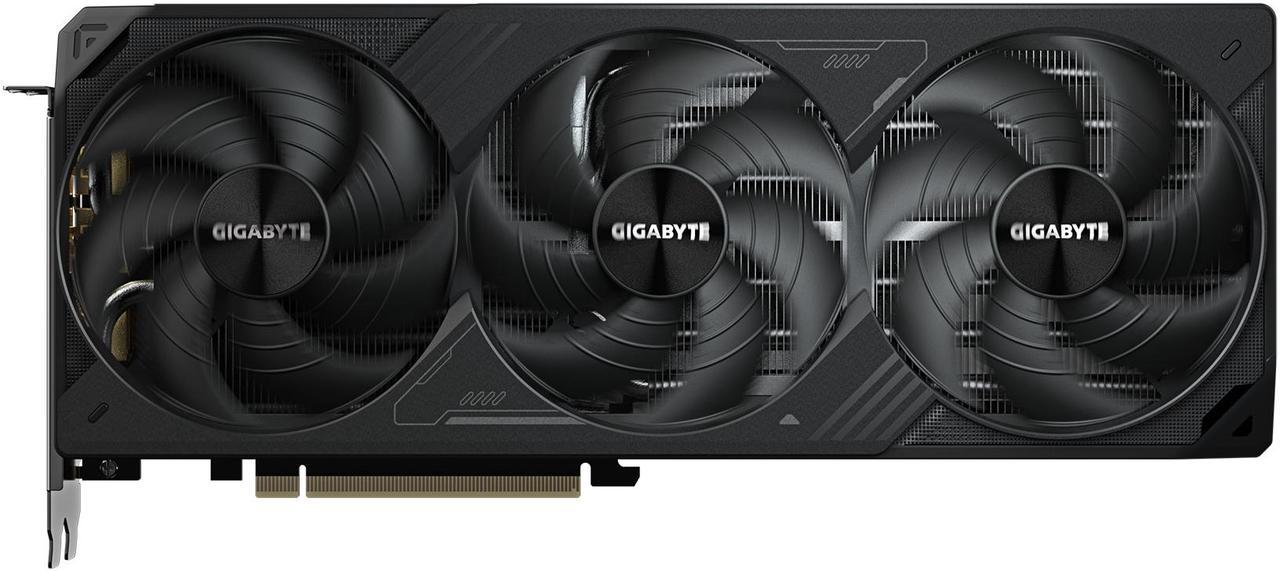
- GPU: GB203
- CUDA cores: 10752
- VRAM : 16GB GDDR7
- Memory interface width: 256 bit
- Base clock speed: TBD
- Boost clock speed: 2617 MHz
If you were planning on snatching an RTX 5080 FE for its low price but couldn’t get it due to the competition, we recommend you check out the Gigabyte Windforce RTX 5080, which has the same price as its MSRP, $999. This variant of the RTX 5080 features primarily a black color scheme with some streaks of silver or white.
It has a triple-fan design, which should be a decent replacement for the design featured in the FE 5080. However, to our surprise, that didn’t change its dimensions and decreased its width. The FE card measures 304 mm x 137 mm x 48 mm (LxWxH), and the Gigabyte variant has dimensions of 304 x 126 x 50 mm (LxWxH). So, it is only slightly taller but significantly less wide compared to the Founder’s Edition.
That being said, the main factor to consider when determining whether a GPU will fit in your case is its length. Since these cards share the same length, we recommend you check out the best cases for the RTX 5080 to ensure you don’t run into sizing issues. One thing to note is that, according to its Newegg page, it is SFF-ready, so if you were looking to make a smaller build, you might also want to consider this GPU for that.
The base clock speed of this GPU isn’t given, but it has a boost clock speed of 2617 MHz. This is the same as the FE model, so we can assume that its base clock speed would also be the same, somewhere around 2295 MHz. You can always overclock the GPU, but remember, this GPU also features a TDP increase, meaning it can go higher if you overclock it, and you’ll have to invest in robust cooling solutions to keep it from throttling.
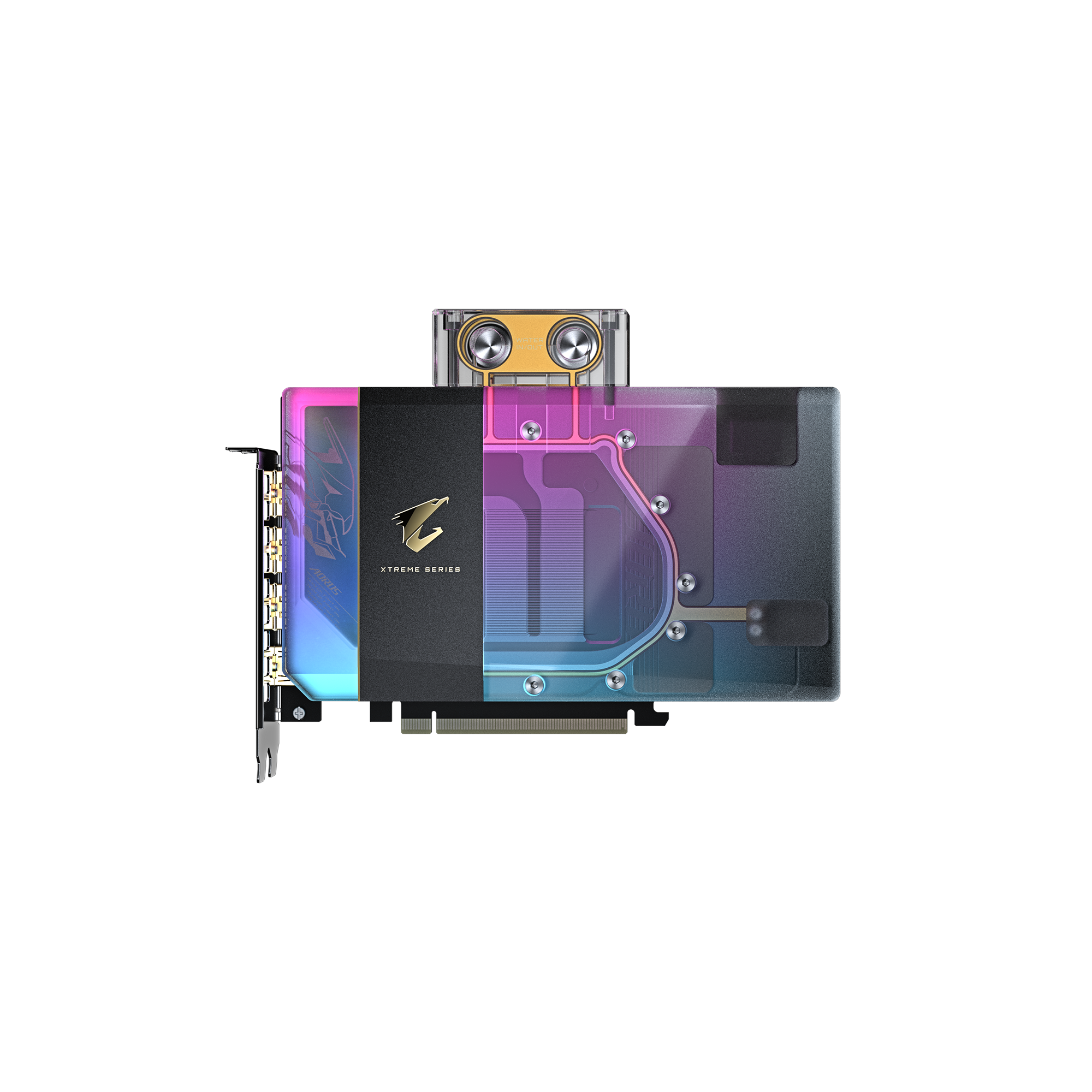
- GPU: GB203
- CUDA cores: 10752
- VRAM: 16GB GDDR7
- Memory interface width: 256 bit
- Base clock speed: TBD
- Boost clock speed: 2805 MHz
If you’re putting together an enthusiast build to push the RTX 5080 and the CPU to their limit for extreme performance, we recommend you get the Aorus RTX 5080 Xtreme Waterforce WB. This RTX 5080 is designed for water-cooled PCs only, meaning you can’t use it in a regular PC case, and it requires a water loop to keep it cool.
However, what that also means is that you can overclock it safely without it throttling, as it’ll be better cooled compared to what you would have gotten with fans. Throttling occurs when the GPU or CPU is reaching its operational temperature limit or has reached it. Since the heat generated by this GPU should be more efficiently dissipated by the liquid, it means that you can keep increasing its clock speed as long as it doesn’t run into stability issues.
Another benefit of this design is that it doesn’t require fans. While this may seem like stating the obvious, cooling solutions like fans and heatsinks are the reason why the GPUs are large in size. The more powerful they are, the more robust cooling solutions they require, and since this card is water-cooled, it measures 208 x 156 x 29mm (LxWxH). This is even smaller than the dimensions of the FE model, which measures 304 mm x 137 mm x 48 mm.
That being said, a downside to this GPU is that it isn’t for casual users, as creating a custom water loop is challenging and requires a bit of experience to get right. Besides that, you’ll need a PC case that supports water cooling, which can add to the overall cost. However, if this isn’t your first rodeo with a water-cooling build, then, by all means, this GPU is for you.
The best RTX 5080 AIB graphics cards heading our way
ASUS
Asus will be releasing four RTX 5080 graphics cards later this month – two from its ROG line and two from its TUF series.
- ROG Astral GeForce RTX™ 5080 16GB GDDR7 – $1,956.99
- ROG Astral GeForce RTX™ 5080 16GB GDDR7 OC Edition – $1,799.99
- ASUS TUF Gaming GeForce RTX™ 5080 16GB GDDR7
- ASUS TUF Gaming GeForce RTX™ 5080 16GB GDDR7 OC Edition – $1,580.28 (Amazon Resale)
ASUS TUF
The ASUS TUF line is all about military grade materials and even a military-like aesthetic. It looks amazing, but you’ll be skipping the ARGB here, which may or may not be a deal-killer for you. Aesthetically, if you’re looking for something more rugged and ‘mean’ looking, this is the card for your build.
On the cooling front, you’ve got a slightly different setup to the Astral. Rather than having a ‘quad fan design’, this card opts for a vented exoskeleton to help with heat dissipation, and three Axial-Tech fans that promise up to 23% more air compared to your standard options. These fans also don’t all rotate the same way, which massively reduces ‘turbulence’, and increases cooling efficiency too.
Gigabyte
Gigabyte went all in with its RTX 5090 cards, and it looks like it’s doing the same for the RTX 5080. There are loads of options available, so here’s a quick breakdown of what each AIB brings to the table.
- AORUS GeForce RTX™ 5080 XTREME WATERFORCE 16G – $2,029.99
- AORUS GeForce RTX™ 5080 XTREME WATERFORCE WB 16G – Out of Stock
- AORUS GeForce RTX™ 5080 MASTER ICE 16G – $1,909.99
- AORUS GeForce RTX™ 5080 MASTER 16G – $1,629.99
- GeForce RTX™ 5080 GAMING OC 16G
- GeForce RTX™ 5080 AERO OC SFF 16G – $1,579.99
- GeForce RTX™ 5080 WINDFORCE OC SFF 16G – $1,574.99
- GeForce RTX™ 5080 WINDFORCE SFF 16G
AORUS XTREME WATERFORCE
As the name suggests, these are the water-cooled options from Gigabyte. It has the same for the RTX 5090, in the sense that one is designed for a completely water-cooled setup, while the other has its own AIO cooling system complete with a 360 mm radiator. Both use ‘Waterforce cooling’, which is seriously impressive. Gigabyte claims that in relation to a reference card and cooling system, Waterforce can achieve over 42% lower temperatures, a noise reduction of 7.9 dB compared to air cooling, and up to 20% higher boost clock speeds.
Both look stunning, but it’s the water block version that really takes the win here, and is also due to the lack of fans, one of the smallest RTX 5080 cards you can get, making it better for those looking to build something on the smaller size too.
Both great options, but we’d advise going for the WB card only if you’re pretty adept at building PCs, as water-cooling a build is one of the most challenging things to do.
AORUS MASTER
The Master series comes in black and white, and has a super-clean aesthetic with a decent amount of ARGB lighting on board. There’s not a whole lot to say about these cards, but they do feature some unique touches, such as an LCD Edge View, which displays information such as temperature, but also texts, pictures, and GIFs. That’s pretty awesome if you ask me, and really makes your setup feel unique.
On top of that, you’ve got the Windforce cooling system, which means it features Gigabyte’s impressive Hawk fans, alongside server-grade thermal conductive gel and composite metal grease for the GPU.
Both of these are great options for those looking for something with some knockout visual power. These will look excellent on full display with the right case and surrounding components.
GAMING OC
There’s one Gaming OC option this time around, and it’s essentially the ASUS TUF version, but for Gigabyte. It features a robust armor-like build that suits a more rugged aesthetic, but it does have more ARGB than ASUS’ offering. Here you’ll find lighting circling the fans in addition to the side logo.
It’s pretty much the same as the Master series when it comes to cooling, but there’s no mention of composite metal grease for the GPU this time around. It does feature the Windforce cooling system, though, so you’re getting the alternate spinning Hawk fans once more.
All in all, this is a good option that’ll likely be cheaper than the Master series, but not as bare bones as some other alternatives.
AERO
The Aero option boasts a smaller form factor and stunning design. It measures 126mm x 304mm x 50mm, and is NVIDIA SFF-ready, meaning that it’s compatible with small form factor PC cases, while still delivering high-end performance.
Windforce cooling, a sort of ‘water-like ripple’ design that I think looks incredible, plus some tasteful RGB, and you’ve basically got it all. This may well be my favorite from Gigabyte so far.
WINDFORCE SFF
The Windforce SFF has two versions, one base and one OC, and is essentially the same deal as the AERO, coming in at 126mm x 304mm x 50mm for smaller builds. The only real difference here is the design, which is more scaled back and basic. That said, it’s actually a great-looking card if you’re going for something more understated and don’t mind losing out on the RGB.
MSI
MSI is going pretty much toe-to-toe with ASUS and Gigabyte this year with its selection of RTX 5080s. Here’s a quick breakdown of what they’ll have on offer.
- GeForce RTX™ 5080 16G INSPIRE 3X
- GeForce RTX™ 5080 16G INSPIRE 3X OC – $1,519.99
- GeForce RTX™ 5080 16G GAMING TRIO OC WHITE
- GeForce RTX™ 5080 16G GAMING TRIO WHITE
- GeForce RTX™ 5080 16G GAMING TRIO OC
- GeForce RTX™ 5080 16G GAMING TRIO
- GeForce RTX™ 5080 16G VANGUARD SOC – $1,662.70
- GeForce RTX™ 5080 16G VANGUARD SOC LAUNCH EDITION – $2,979.82
- GeForce RTX™ 5080 16G VANGUARD OC
- GeForce RTX™ 5080 16G SUPRIM SOC – $3,568.96
- GeForce RTX™ 5080 16G SUPRIM OC
- GeForce RTX™ 5080 16G SUPRIM LIQUID SOC – $3,848.99
- GeForce RTX™ 5080 16G SUPRIM LIQUID OC
- GeForce RTX™ 5080 16G VENTUS 3X
- GeForce RTX™ 5080 16G VENTUS 3X OC
- GeForce RTX™ 5080 16G VENTUS 3X PLUS – $1,779.44
Inspire 3X
Let’s kick things off with the two Inspire 3X cards. These are similar in to the Windforce SFF and AERO cards from Gigabyte, in the way the way that they’re designed to fit smaller form factor PC cases, like UTX, M-ATX, and ATX. Featuring both a base version and OC edition, these two have a Triple-Fan Thermal Design, made up of three Stormforce fans over a large heatsink. These fans feature a claw-textured seven-blade design and circular arc structure, which basically means that they improve cooling efficiency.
In terms of aesthetics, it’s pretty clean, maybe even a little boring in some sense, but depending on your setup, it could be just your thing. I’d imagine this working best in a smaller PC designed for work, rather than being primarily used for gaming.
Speaking of gaming, though, interestingly, there are some boost clock figures here, with the base version coming in at 2617 MHz and OC options getting 2640 MHz. How much more you’ll have to pay is yet to be revealed, however.
Gaming Trio
There are four Gaming Trio options, split into Black and White colorways, and base and OC editions. From a design perspective, they live up to their name and are very much the type of aesthetic you’d associate with gaming. Unique RGB lighting, with an interesting frosted glass-like casing, in addition to a variety of different materials, can be seen on these cards, and it looks fantastic.
In terms of clock speed, the OC versions come have 2715 MHz at Extreme Performance, and a Boost clock of 2700 MHz – far more than the Inspire 3X as expected. The base version gets 2652 MHz for Extreme Performance, and 2617 MHz boost. Which is around the same as the Inspire 3X, but with a bigger form factor.
You’re getting Frozr 4 thermal design here, which basically just means upgraded fans, alongside other advanced innovations such as a nickel-plated copper baseplate and a square design core piper, that maximizes contact with the GPU baseplate for even more heat dissipation.
Overall, these cards look set to impress and will likely be the most popular for most people.
Vanguard
There will be three Vanguard GPUs from MSI – one base, one launch version, and one OC. These cards are essentially similar to the gamer trio, but have a bit more to them in terms of unique design and a slightly different cooling setup.
For cooling, they have Hyper Frozr Thermal Design, which has some of the latest innovations in cooling design. Notably, their Wave Curved 4.0 heatsink, with wave edges, and a high-low fin design that amplifies airflow.
Aesthetically, this goes for a much more futuristic look and feel, and there are some bold design choices here that’ll likely divide opinion, but will for sure make a statement.
For the Vanguard SOC, you’re getting 2745 MHz extreme performance, and 2739 MHz boost, and the OC version,\ you’re getting 2715 MHz extreme and 2700 MHz boost. The launch edition gets 2745 MHz and 2730 MHz.
Unsurprisingly, the best performing of the list so far, but likely to be one of the most expensive too.
Suprim
The Suprim line has four cards, listed in a rather confusing way, I might add. You’ve got two liquid-cooled options, one OC and the other SOC (which I imagine means ‘super over-clocked’), and two non-liquid-cooled options that are OC and SOC too.
For the non-liquid cooled versions, you’re getting 2715 MHz extreme performance, 2700 MHz for the OC edition, and 2760 MHz / 2745 MHz for the SOC edition. That’s the highest we’ve seen yet.
For the liquid cooled editions, you’ve got 2715 MHz / 2700 MHz for the OC, and 2760 MHz/ 2745 MHz for the SOC, which puts these exactly inline with the previous two. Of course, cooling and design are different here, as they both come with hybrid cooling, water blocks, and a 360mm aluminium radiator with Stormforce fans.
Both excellent options, depending on your build, but they’ll likely cost a fortune!
Ventus 3X
Finally, we have the Ventus 3X options, of which there are three. The base, OC, and Plus. Not obvious from the naming. But these are all SFF compatible, but look a little more gamer-oriented than the Inspire.
The base has 2625 MHz/ 2617 MHz, the Plus has 2652 MHz/ 2617 MHz, and the OC has 2655 MHz/ 2640 MHz. It’s not near the likes of the Surprim or Vanguard, and it doesn’t feature much in the way of RGB or particularly appealing design, but this should be a good option for most people working with smaller setups. It also doesn’t have the very best cooling out of the lineup, opting for TORX Fan 5.0 instead of the Hawkfans seen on other cards.
Zotac
Zotac, known for quality cards at a slightly more affordable price point than some of the bigger brands, is releasing three options for the RTX 5080. Less is more is pretty much the theme here, and that’s also seen in their RTX 5090 lineup too.
- ZOTAC GAMING GeForce RTX 5080 SOLID
- ZOTAC GAMING GeForce RTX 5080 SOLID OC – $1,735.70
- ZOTAC Gaming GeForce RTX 5080 Solid CORE OC – $1,399.99
- ZOTAC GAMING GeForce RTX 5080 AMP Extreme INFINITY – $1,899.99
SOLID
These two cards, base and OC, are no-frills, solid performance options that would be great for anyone. The base has a clock speed of 2617 MHz, while the OC has a 2640 MHz clock speed. That’s around the same mark as the Inspire 3X series from MSI for reference, which was an SFF version.
They both feature a three-fan setup, with IceStorm 3.0 advanced cooling, a larger vapor chamber, and a small amount of RGB lighting too. For no-frill cards, I think these will still look great in any setup, though – you just may need to spend a bit more to get some more performance.
AMP Extreme Infinity
There’s one card here from Zotac’s more high-end line. This time you’re getting 2670 MHz, which is 30 MHz over the Solid OC. That’s just shy off the Gaming Trio OC from MSI, but I’d wager it’ll be quite a bit less expensive.
In terms of design, it looks great in my opinion. Plentiful lighting without being overkill, and even some lighting on the front end of the card itself, unlike the Solid versions. We’re interested to see how much this is going for and whether it’ll be a hard sell or a complete no-brainer.
PNY
PNY is much like Zotac in the way that they offer good cards, but don’t go all in when it comes to variety. With the RTX 5080s, we’re getting four cards this time around.
- 5080 – $1,399.00
- 5080 OC – $1,399.00
- 5080 ARGB
- 5080 ARGB OC – $1,599.99
Strangely, on the site, there’s no listed difference between boost clocks between the base and OC versions of these cards. PNY may be waiting to update these nearer to the time. But currently, as it stands, they all have a boost clock of 2620 MHz, which puts them at the same level as the Ventus 3X from MSI. We’ll have to keep you posted for more information there.
As for design, it’s no-frill again for the non-RGB models, but the options with lighting do it in a pretty tasteful way. Much like its RTX 5090 models, the lighting loops around the fans in a helix-style formation, which looks great in my opinion.
These will likely be some of the most affordable options come release day, and potentially the most affordable ARGB option too.
Gainward
Gainward and Palit are actually owned by the same organisation, but market their products to different regions. Both are geared towards more affordable options and a good place to look if you want to score an RTX 5080 on launch day.
Gainward will be releasing four RTX 5080 cards this time, in two distinct versions. Phantom and Phoenix.
- Gainward GeForce RTX™ 5080 Phantom GS
- Gainward GeForce RTX™ 5080 Phantom
- Gainward GeForce RTX™ 5080 Phoenix GS
- Gainward GeForce RTX™ 5080 Phoenix
Phantom
The Phantom range has a base and OC model (which Gainward refers to as GS). Boost clocks here are 2617 MHz and 2730 MHz for the GS. Yes, that’s close to the Vanguard Launch Edition from MSI. Pretty impressive, considering this is more of a ‘budget’ option. There’s nothing super striking about the cooling here, but it does share some similarities with other GPU fans I’ve seen previously. For example, you’ve got claw marks engraved onto the blade backs to smooth airflow and reduce turbulence.
Other than that, it’s gone for a stealthy aesthetic here, which I think looks pretty decent in all honesty. There’s even a touch of ARGB too.
Phoenix
The Phoenix range has the base and OC model, and you’re getting either 2617 MHz or 2700 MHz boost clock speeds here. That’s not bad for the non-GS edition, and puts it inline with most of the lower-end SFF GPUs from MSI, but the 2700 MHz for the GS version is pretty impressive, just not as impressive as the Phantom, it appears.
The main difference here is essentially design, of which, personally, I prefer the former. You’ve got a touch of ARGB here and more material variety, but that’s pretty much it.
This and the MSI Inspire 3X may have drawn for the least inspiring design out of all the cards listed, but if you’re not going to look at it through a glass-sided PC case, I’m sure the savings and performance will make up for that.
Palit
Now let’s take a look at Palit, which is releasing four cards also, split between GameRock and GamePro lines.
- GeForce RTX™ 5080 GameRock OC
- GeForce RTX™ 5080 GameRock
- GeForce RTX™ 5080 GamingPro OC
- GeForce RTX™ 5080 GamingPro
GameRock
First up, the GameRock options, which are all about aesthetics and performance. Before we get into the specs, it’s interesting here that Palit has gone for probably the most unique ARGB approach out of all the cards so far. It’s put a Chameleon Panel onto the card, which dynamically changes color. It’s a little full on, but there’s an appeal there to be sure. The same can be found on its RTX 5090 cards, too.
In terms of performance, you get a boost clock of 2617 MHz for the standard model and 2730 MHz for the OC model. So on par with the Phantom line from Gainward, and close to the MSI Launch Edition for the OC version.
GamingPro
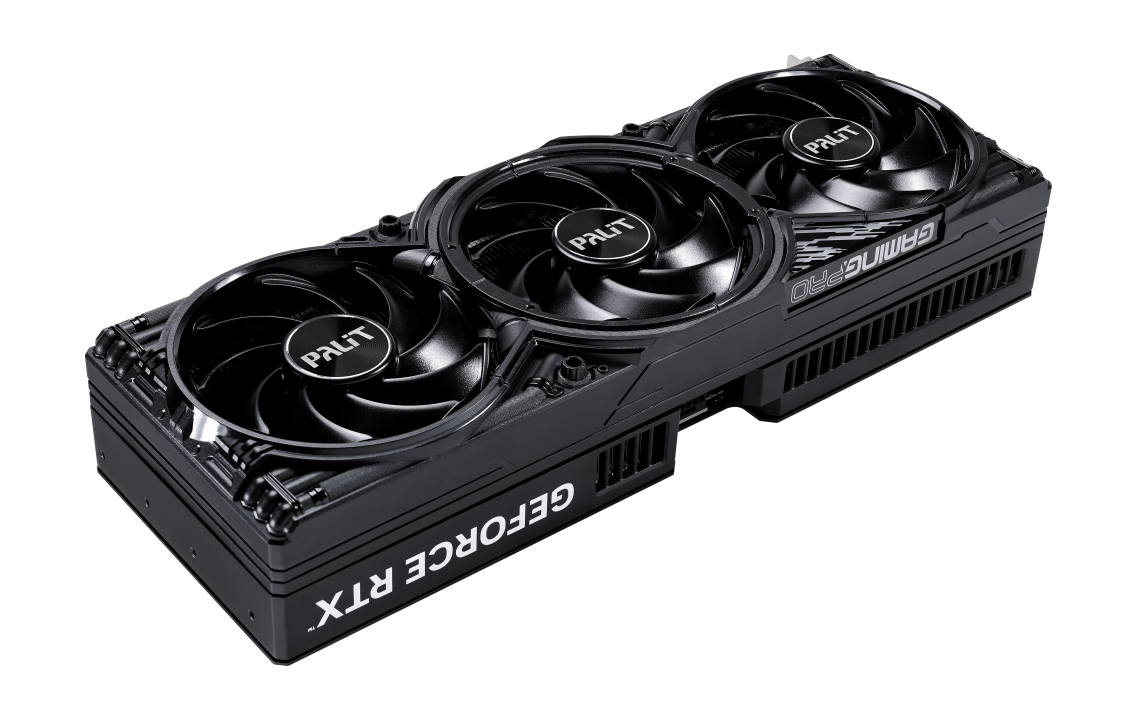
The GamingPro is pretty unique in a few different ways, but most notably, you can actually make your own GPU cover for this line. You can do this by downloading various files that allow you to 3D print your own custom cover, which is pretty cool, if not for absolutely everyone though.
Performance for the OC version comes in at 2700 MHz boost clock speed, while the base version gets 2617 MHz. The OC option gets close to some of the Vanguard MSI versions, which, again, is pretty impressive.
Overall, Palit is probably going to be your best bet if you’re dying for an RTX 5080 on release day. We’d recommend checking them out and trying to grab one of the GameRock OC cards.
Galax
Galax is another great place to find GPUs, and it’s offering four RTX 5080 cards to choose from, split between its EX Gamer 1-Click and 1-Click lines.
- GALAX GeForce RTX™ 5080 EX Gamer 1-Click OC
- GALAX GeForce RTX™ 5080 EX Gamer 1-Click OC White
- GALAX GeForce RTX™ 5080 1-Click OC
- GALAX GeForce RTX™ 5080 1-Click OC White
EX Gamer 1-Click
Both are overclocked versions here and come in either black or white colorways. Visually, they look pretty good, with some RGB in the fans that can be controlled via the Xtreme Tuner App. Performance-wise, nothing yet on the boost clock front, so we’ll have to hang tight. These do have a bigger central fan that comes in at 102mm, promising improved cooling, however.
1-Click
Moving on to 1-Click models, the only real difference here that I can see is that the fans aren’t as big. The boost clock can be increased to 2640MHz (by installing Xtreme Tuner Plus Software and using 1-Click OC), whereas without it, it has a limit of 2625MHz.
How to grab an RTX 5080 and what to look for
If you’re looking to upgrade to the RTX 5080, here are a couple of tips that can help you secure one.
Check every retail store and compare prices
Regardless of where you’re located, we recommend checking every retail store, but ordering a GPU from another region might cost you more due to shipping charges. However, this is a good way to ensure that you’ve checked every corner, and this will also give you insight as to what different brands are charging for their RTX 5080s.
Checking out BestValueGPU is a must before grabbing any graphics card, as it gives you the cheapest available options, regardless of the retailer. When we checked for the RTX 5080, the cheapest option is the Gigabyte Windforce card that costs $1399.99 but is out of stock. So, you can bookmark that page or set up an alert to notify you of its availability as soon as it is restocked.
Avoid scalpers
You’ll still see options that cost close to the price of the RTX 5090. Most likely, those options are scalpers trying to sell at an insanely high price for maximum profit, but we’d recommend avoiding those, and if you’re going to spend $3,000 on a graphics card, you’d rather go for a pre-built gaming PC featuring the RTX 5080.
Final thoughts
After testing two RTX 5080s, we think the Founders Edition is the best available, but depending on your budget and needs, there are options available that offer a bit more performance at a higher cost and models that are relatively pocket-friendly. At second place, we have ASUS ROG Astral RTX 5080, which comes with a hefty price tag, but you can explore alternatives in our dedicated where to buy page, as pocket-friendly RTX 5080 options like the GIGABYTE WINDFORCE GeForce RTX 5080, which has a $1,399.99 price tag but is currently out of stock.
Remember, though, that RTX 5080 prebuilt gaming PCs have also been released, so if you can get the card on its own, opting for a prebuilt is a great option, as you can upgrade everything all at once. We’ll be back with you soon with more updates. Till then!

